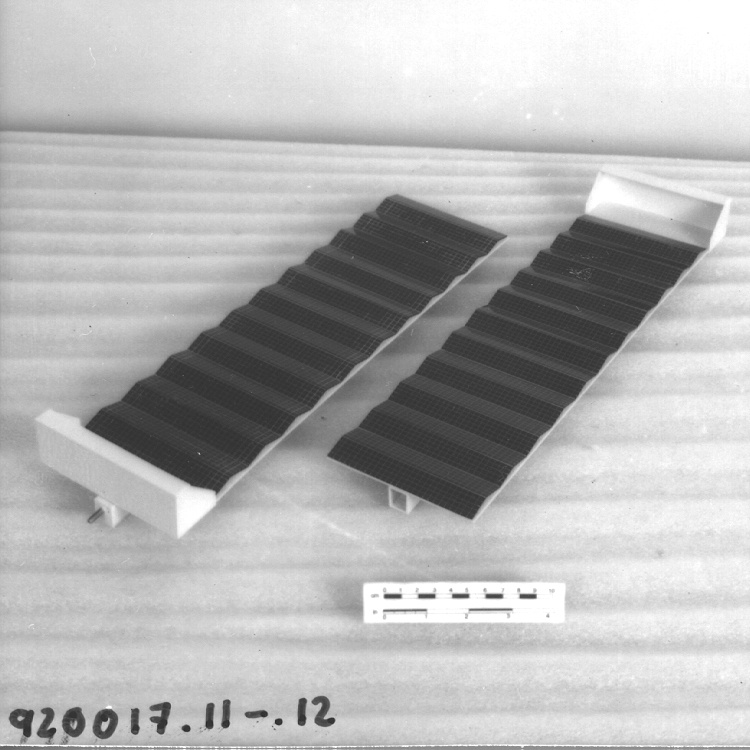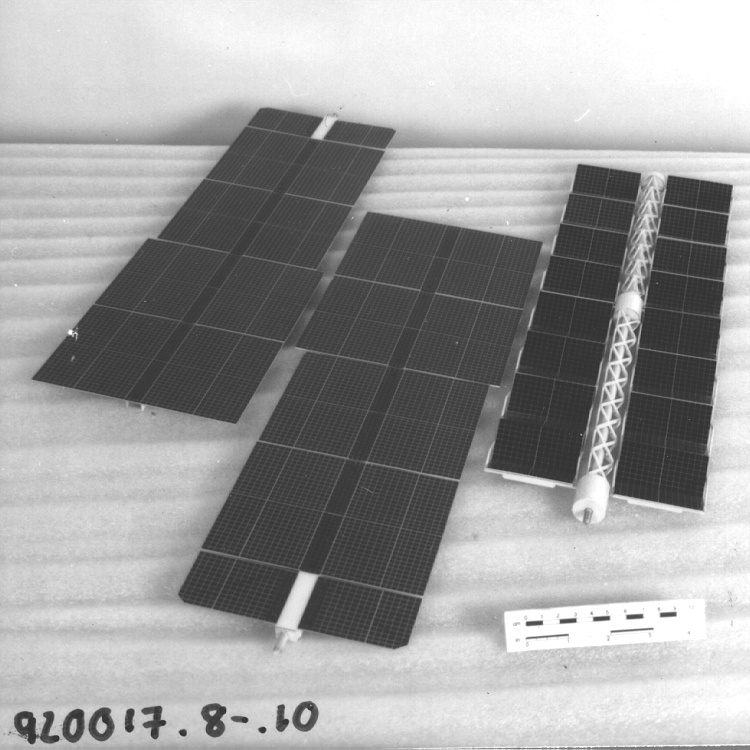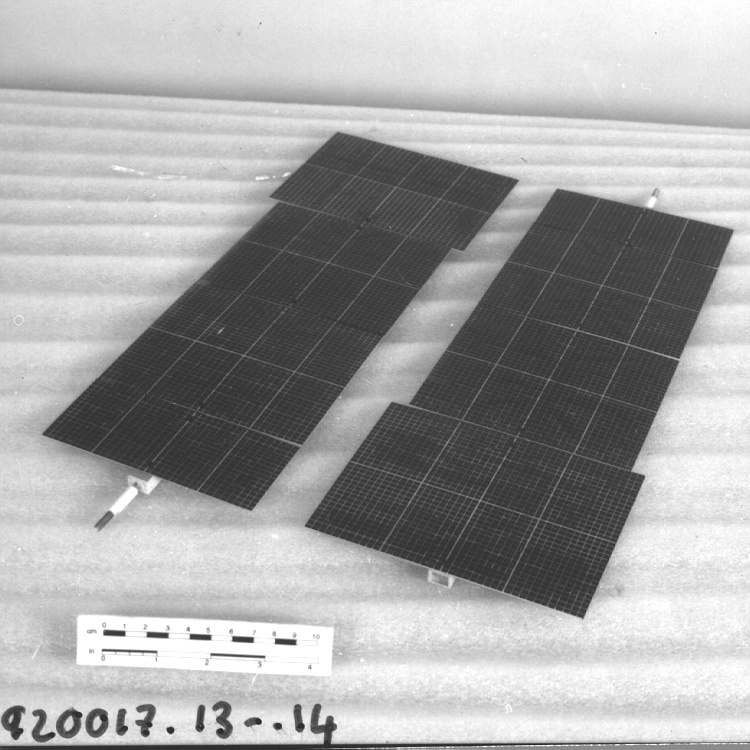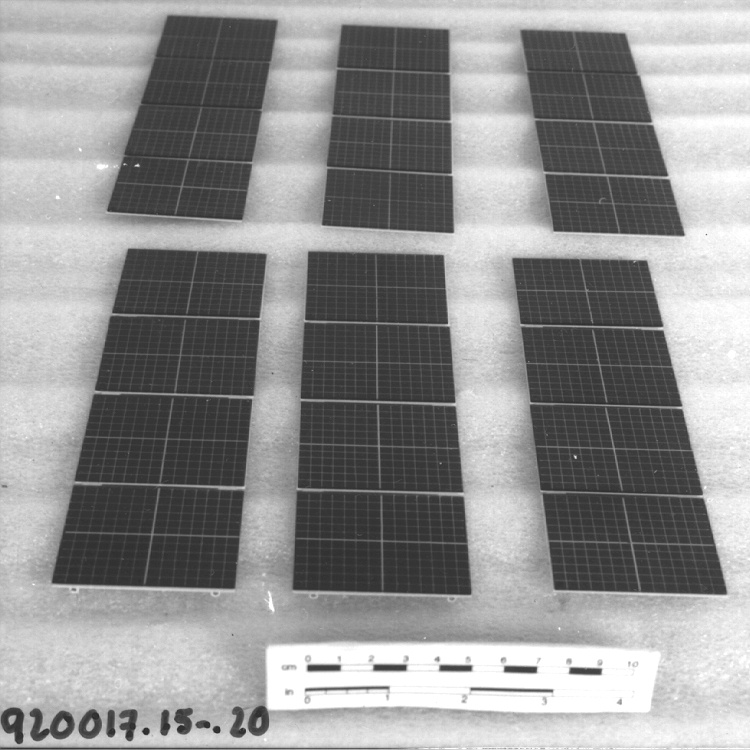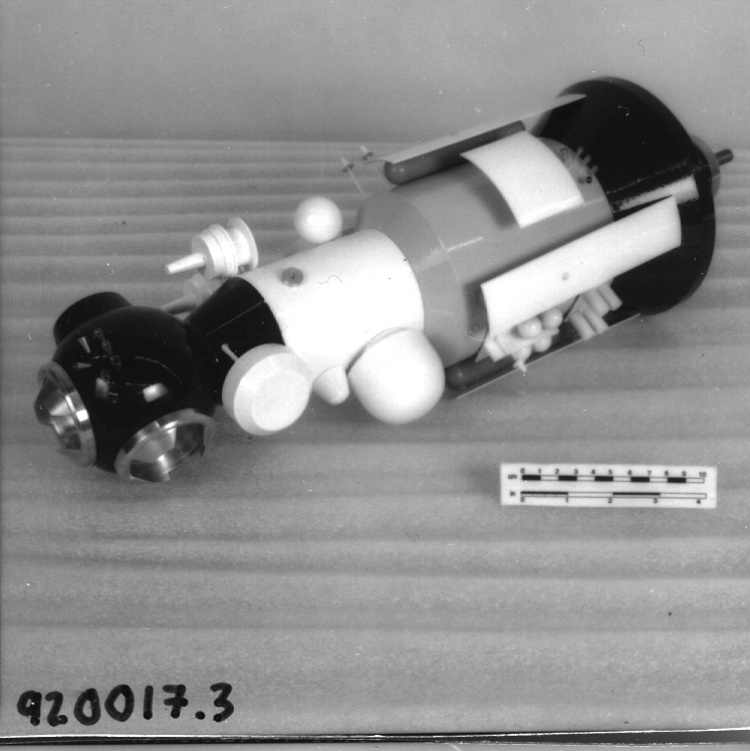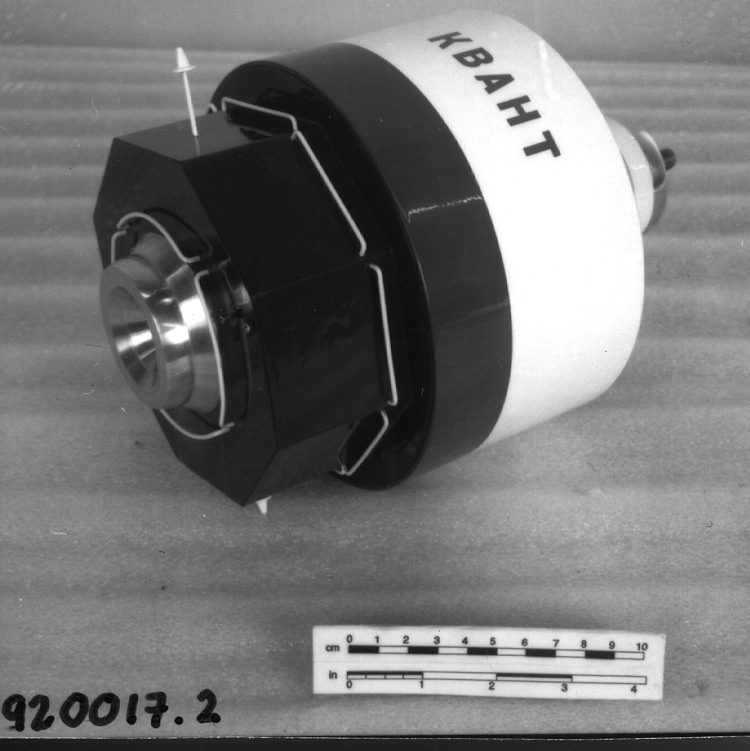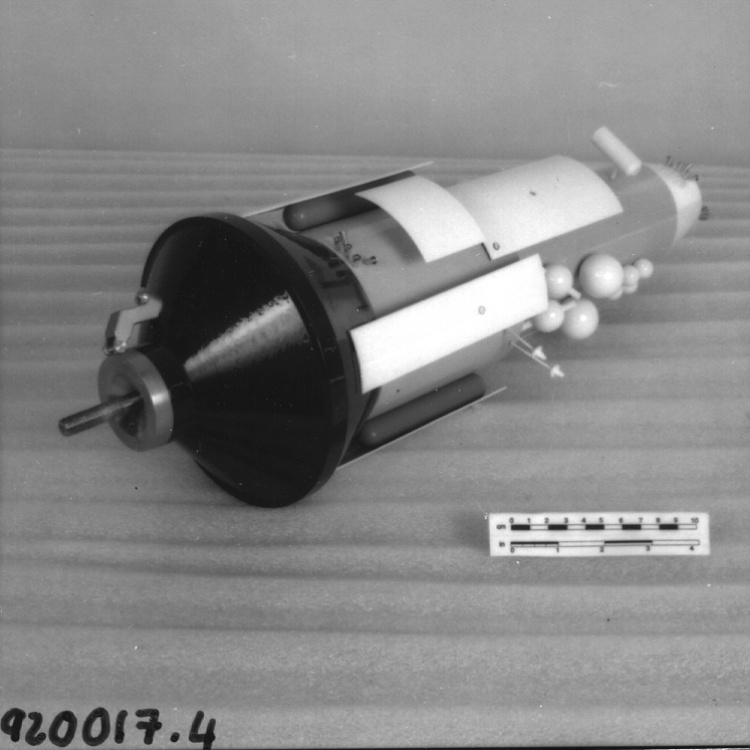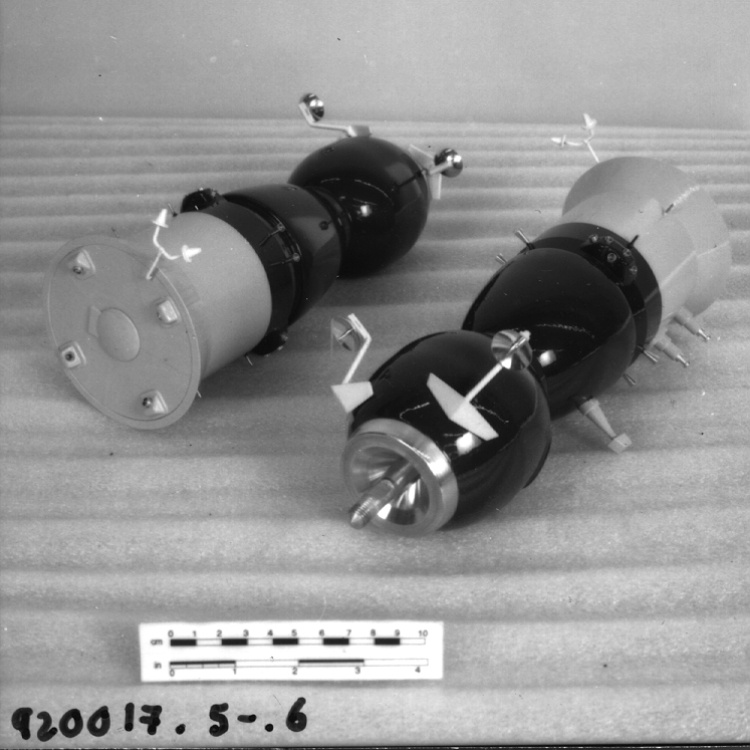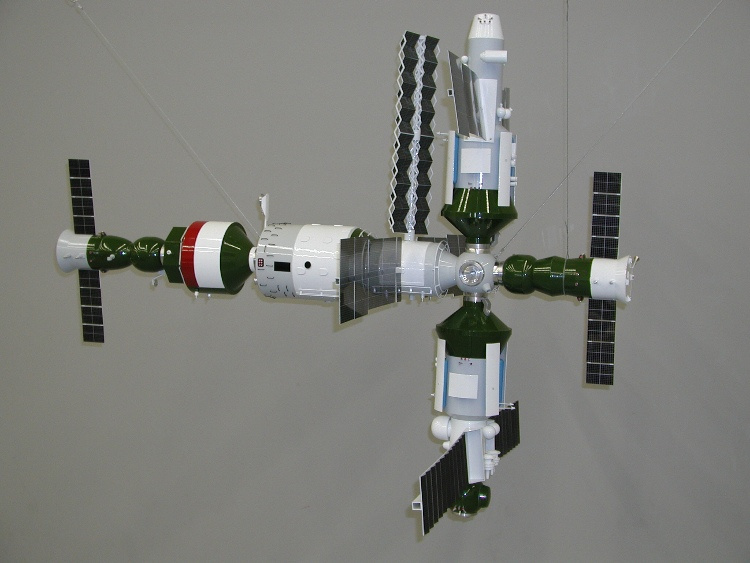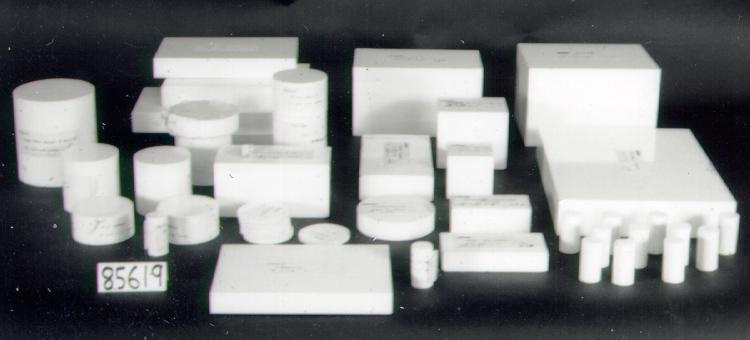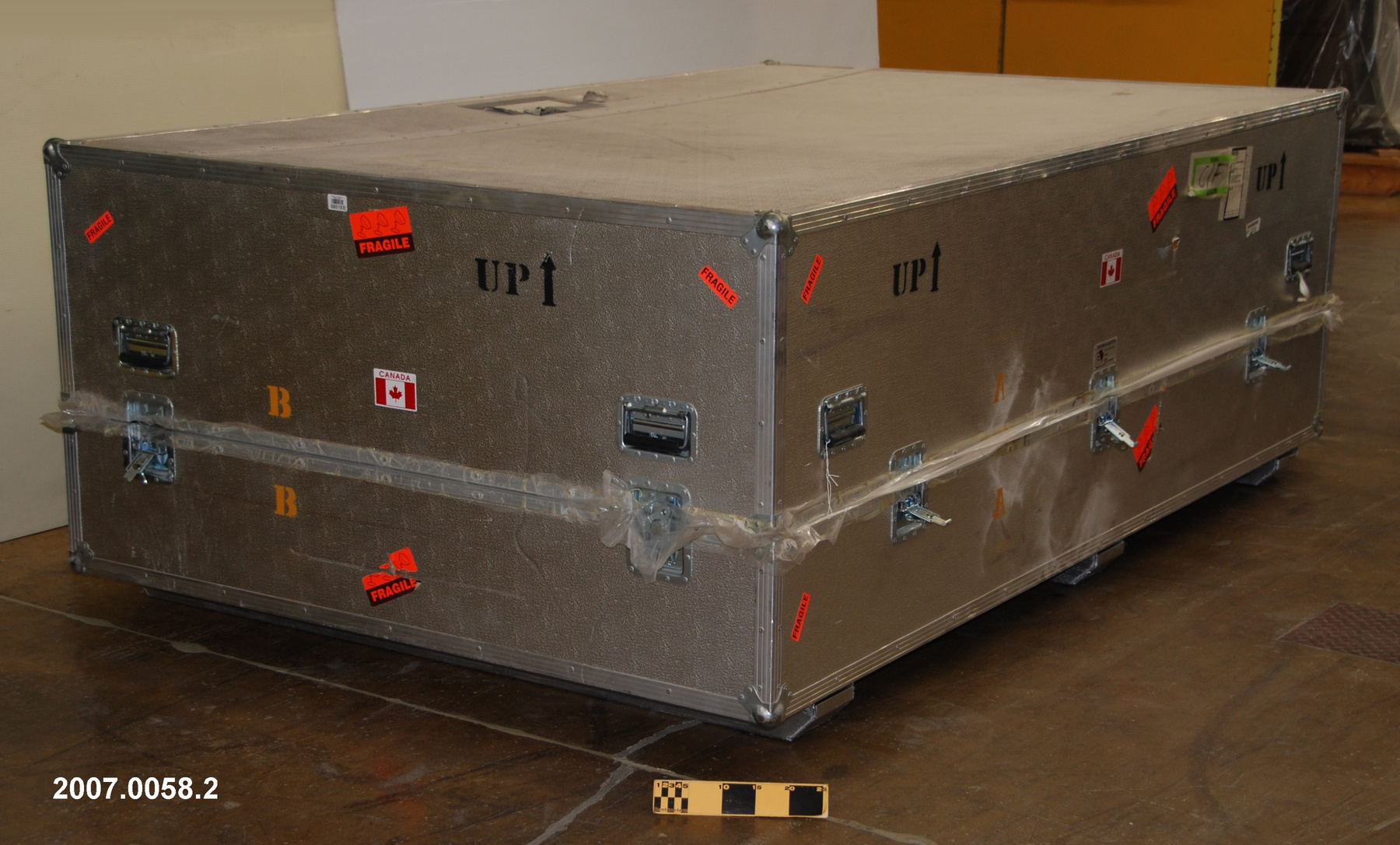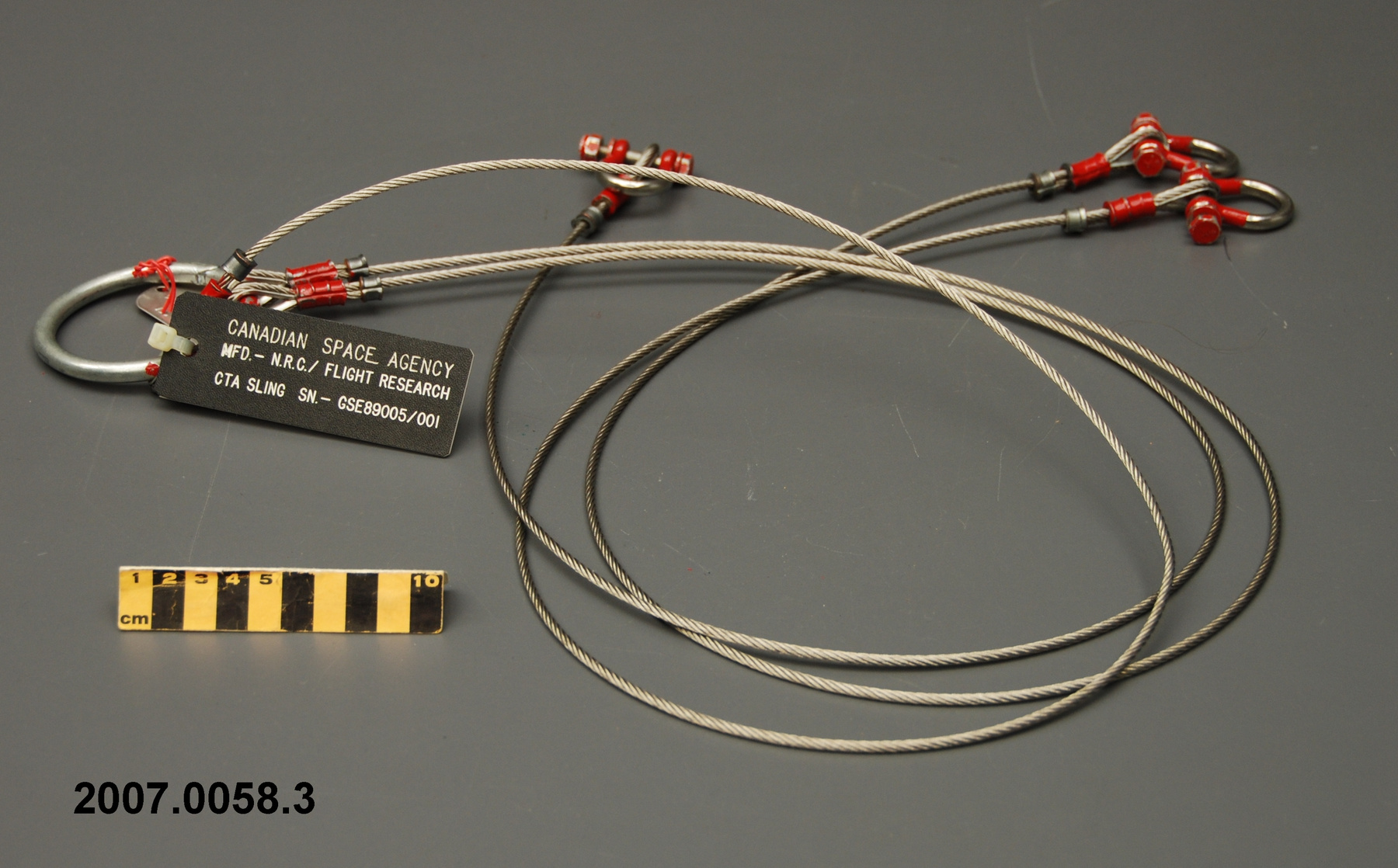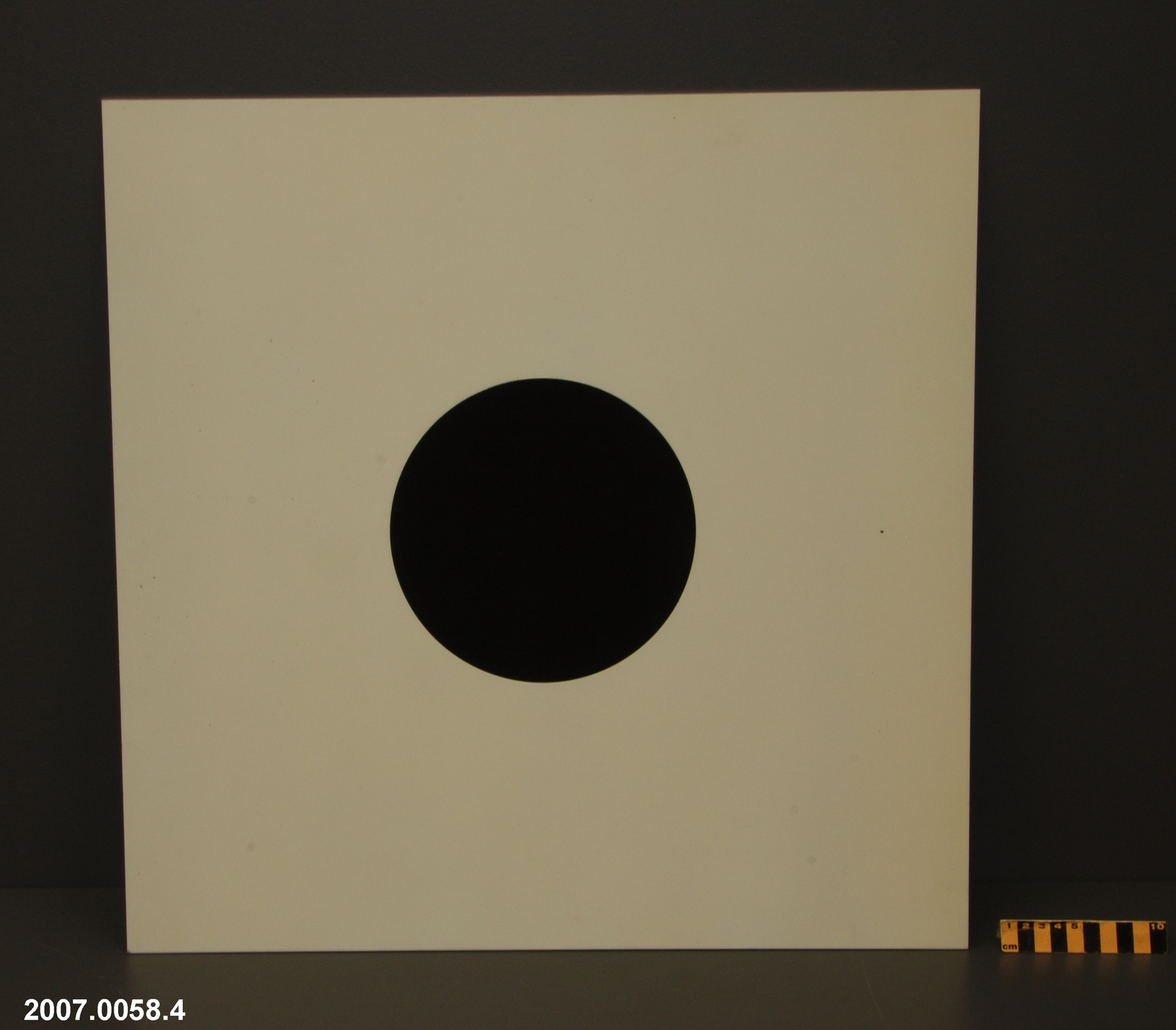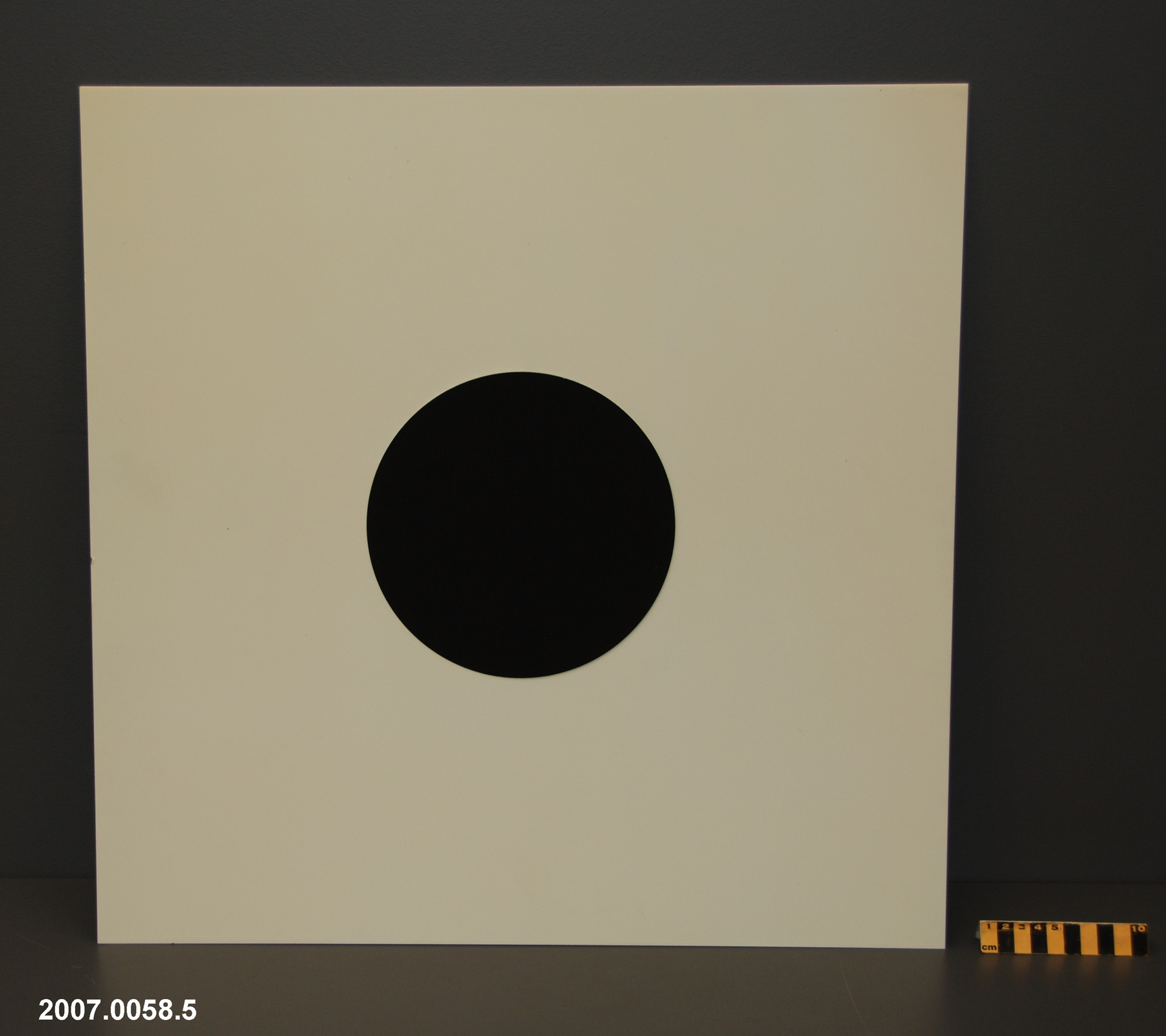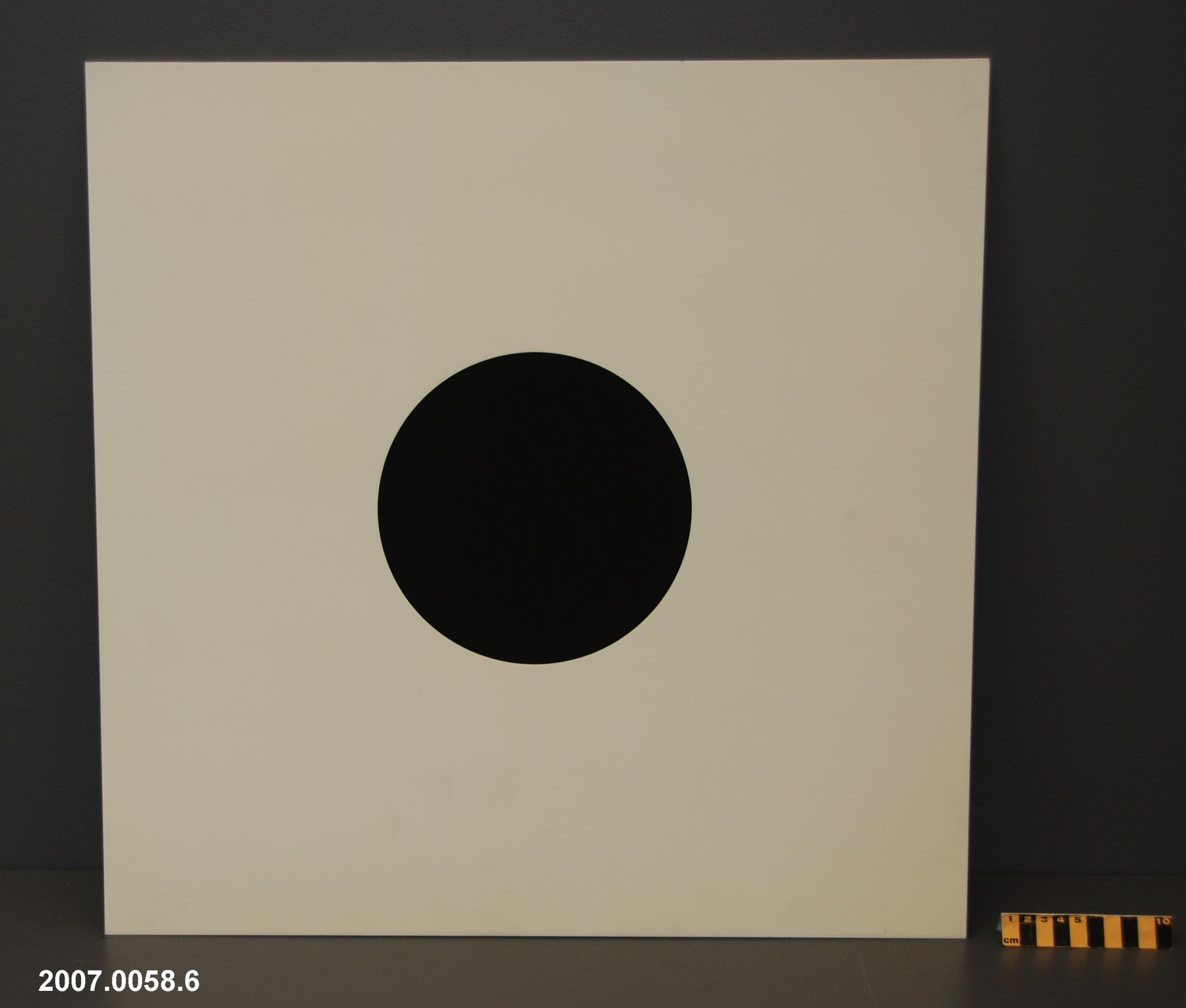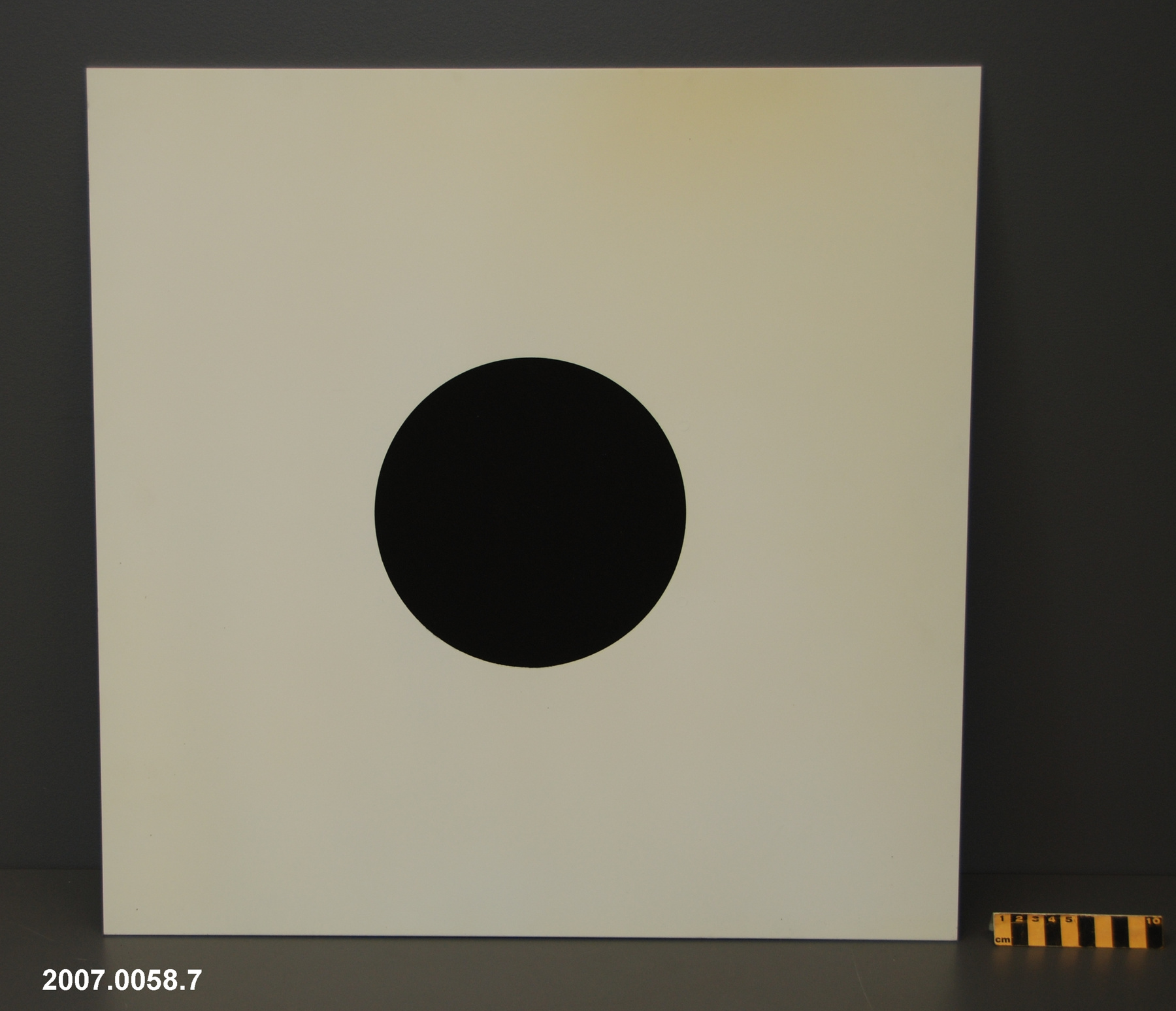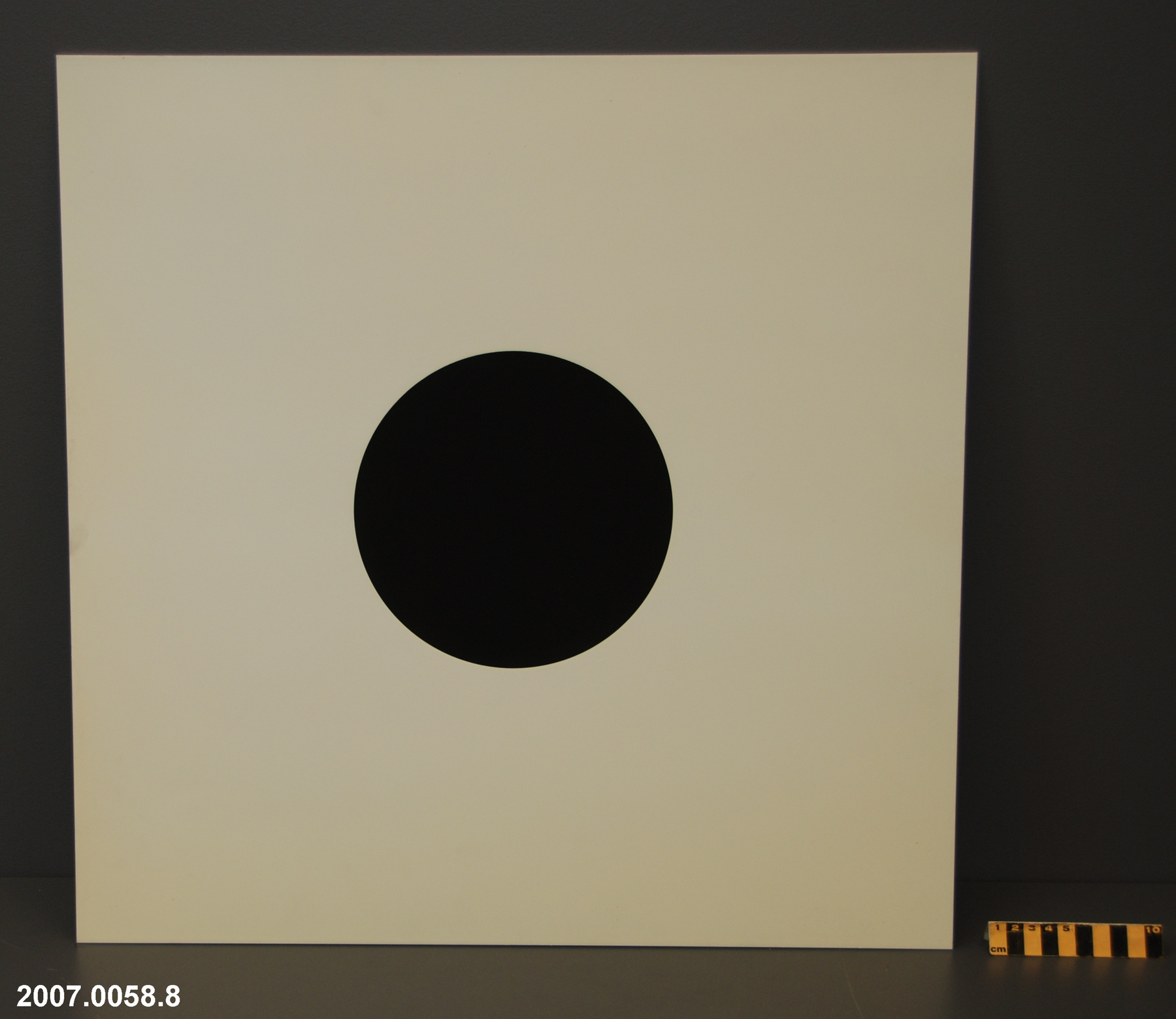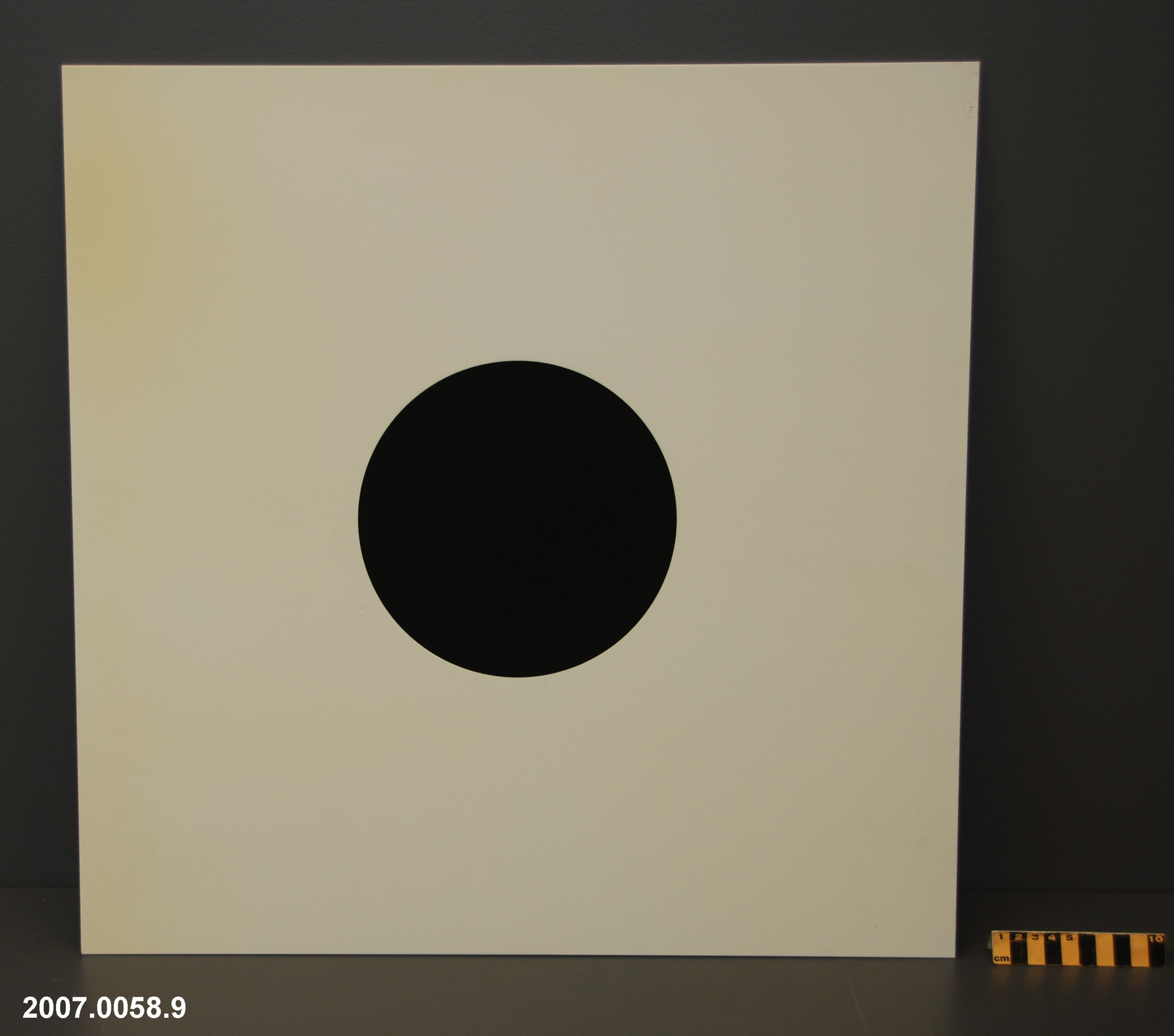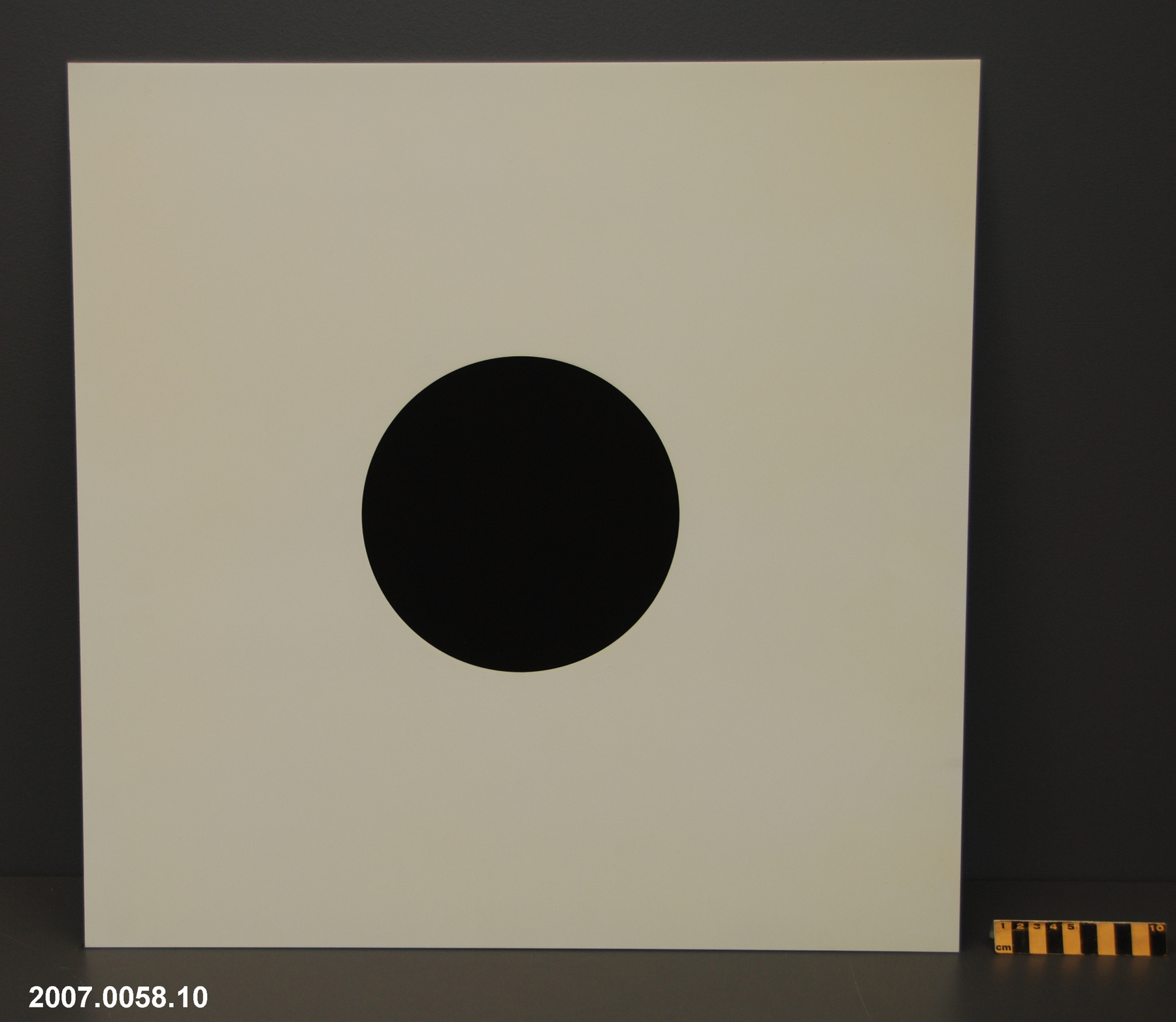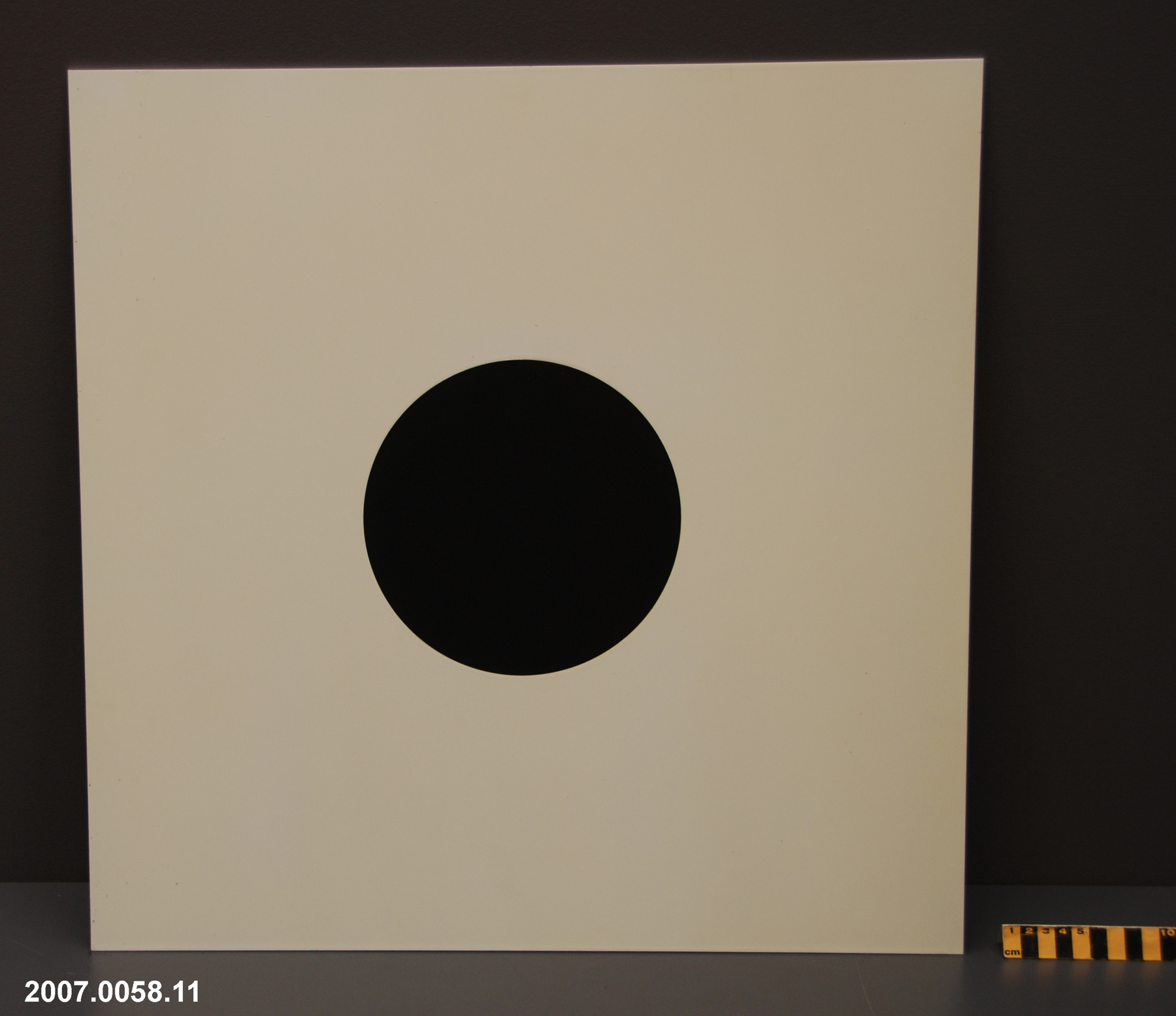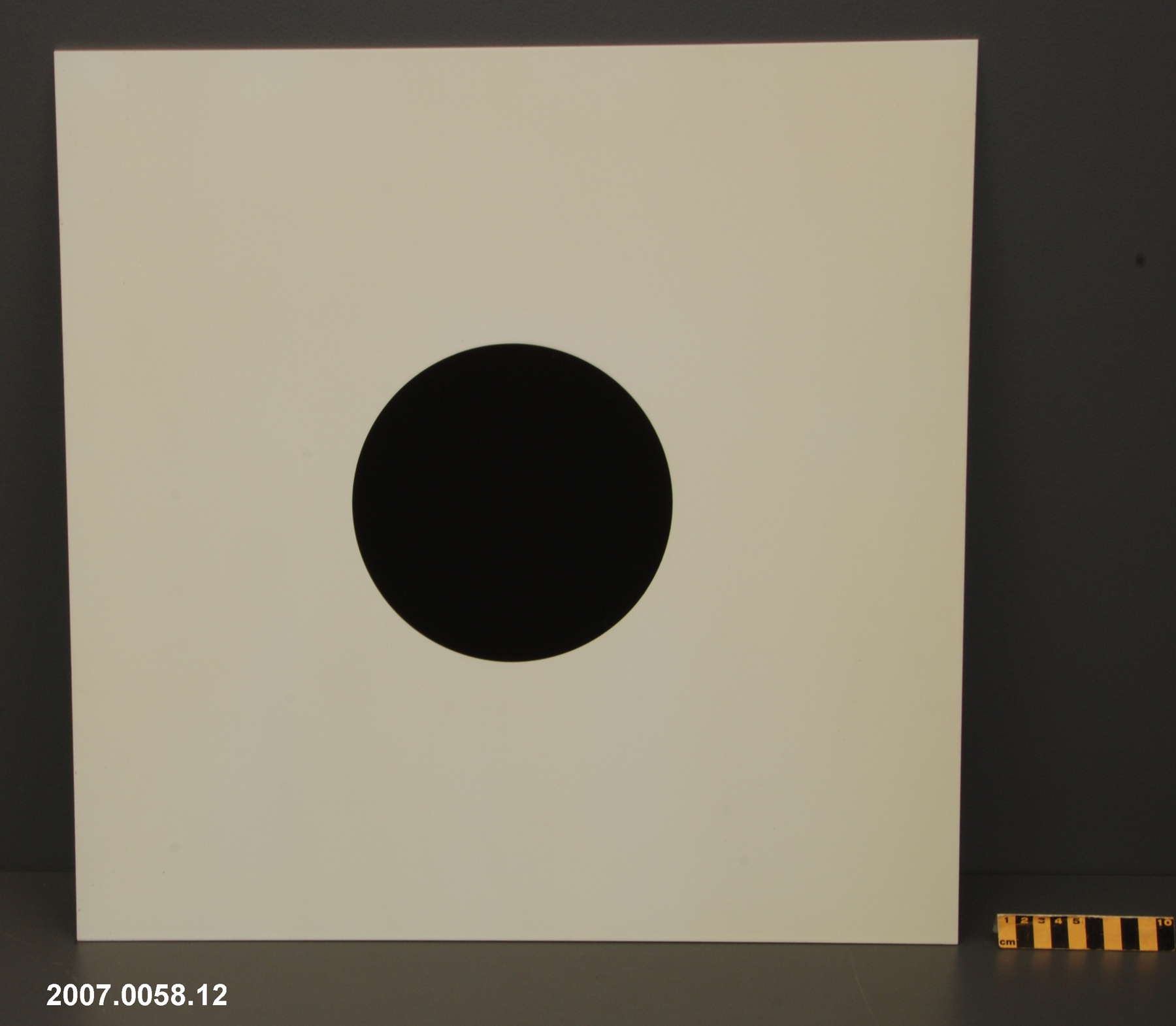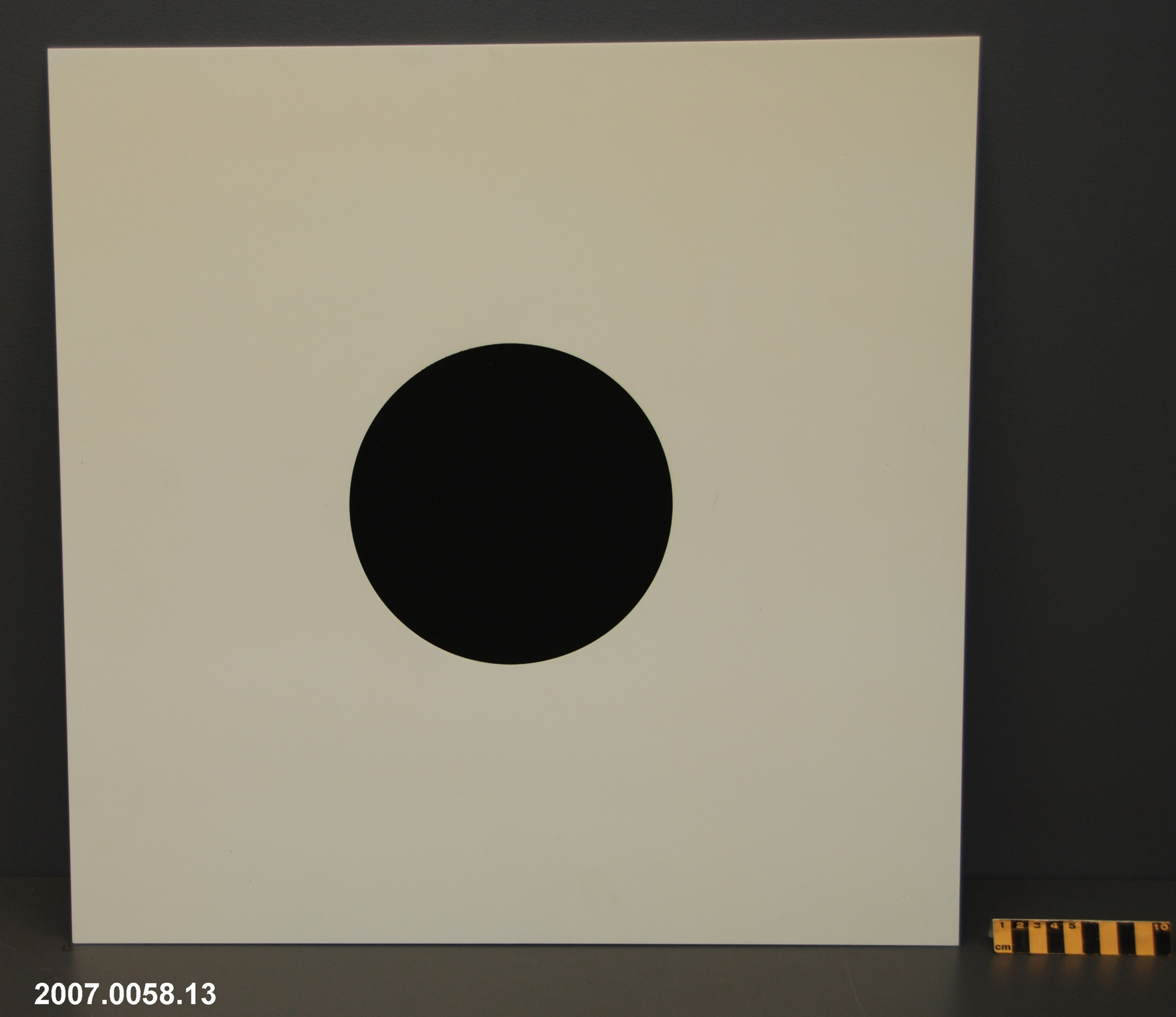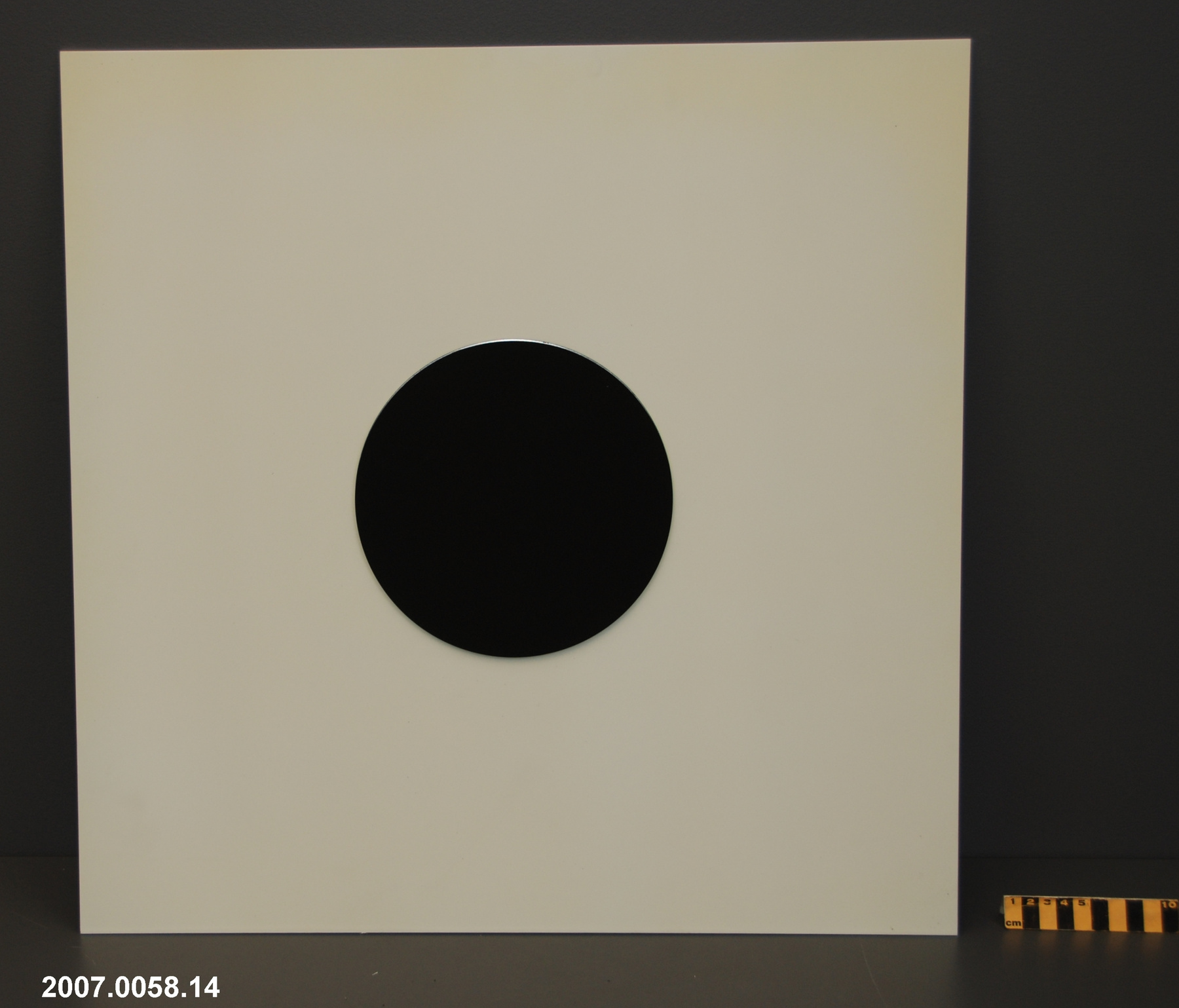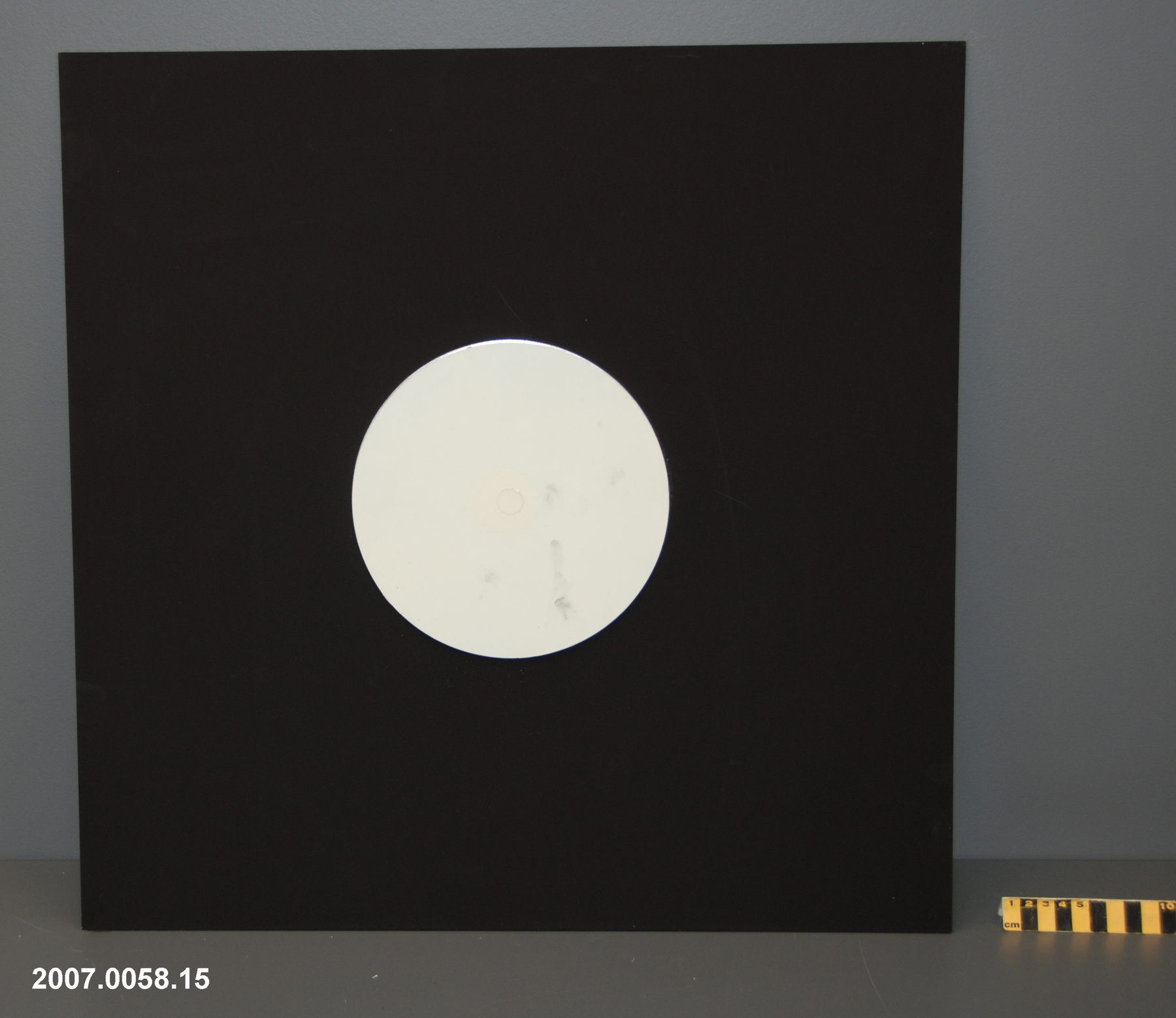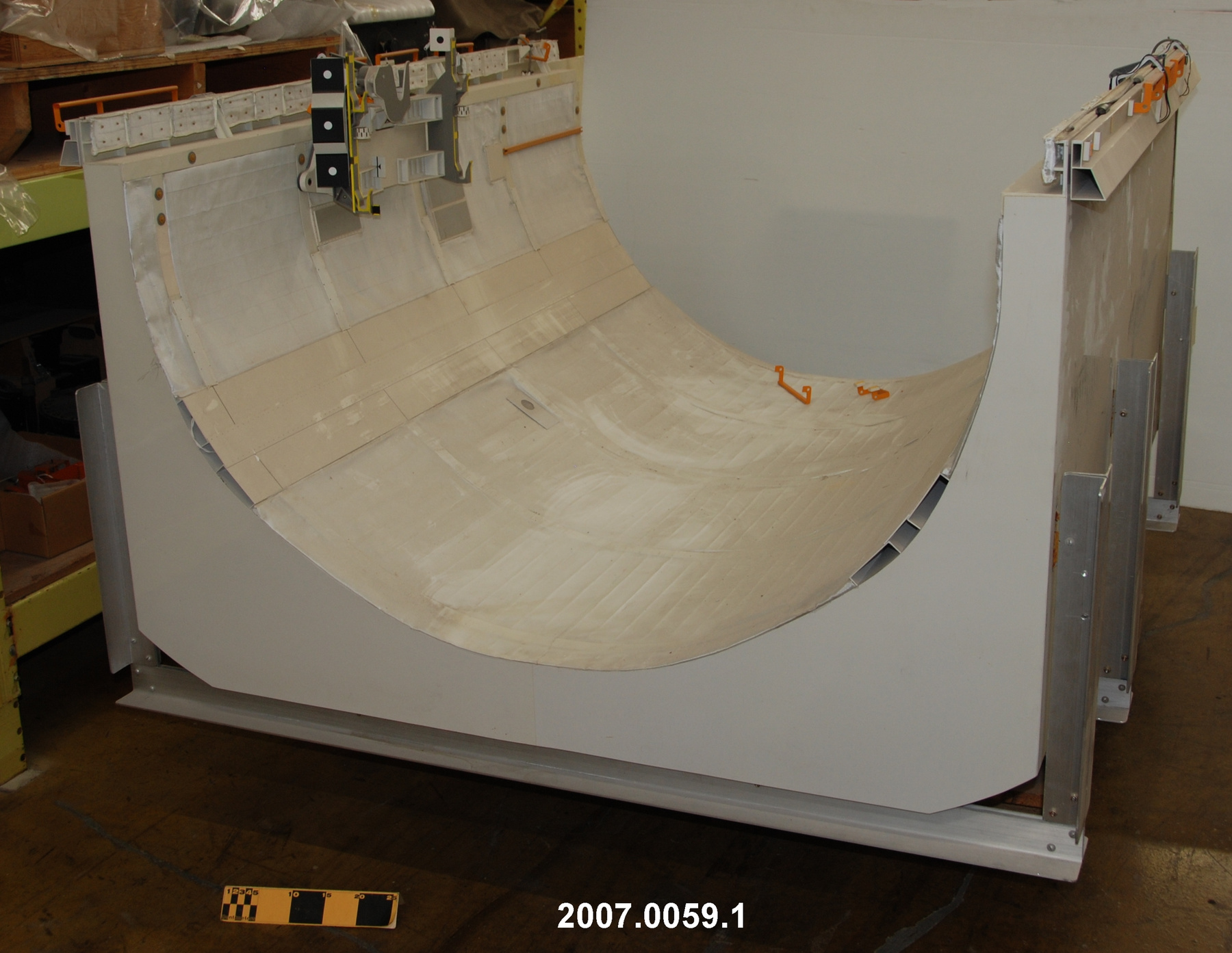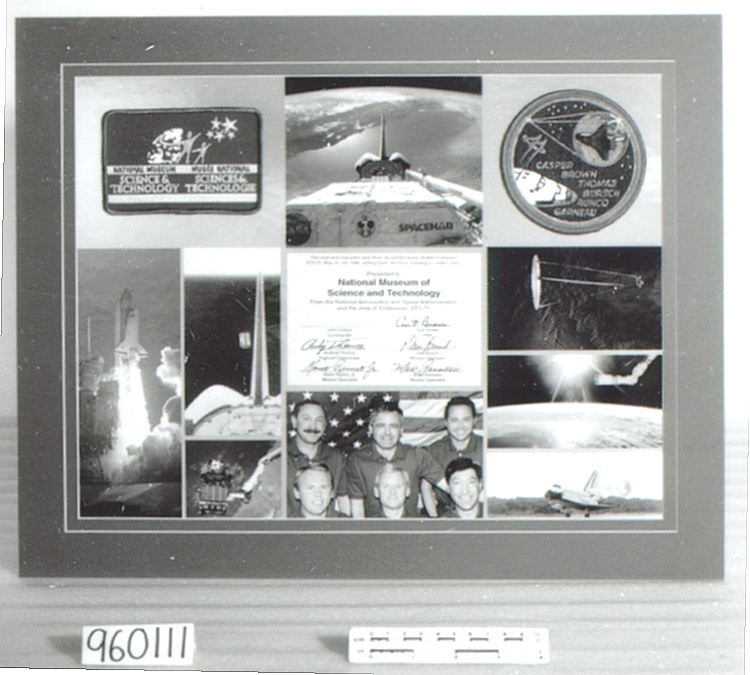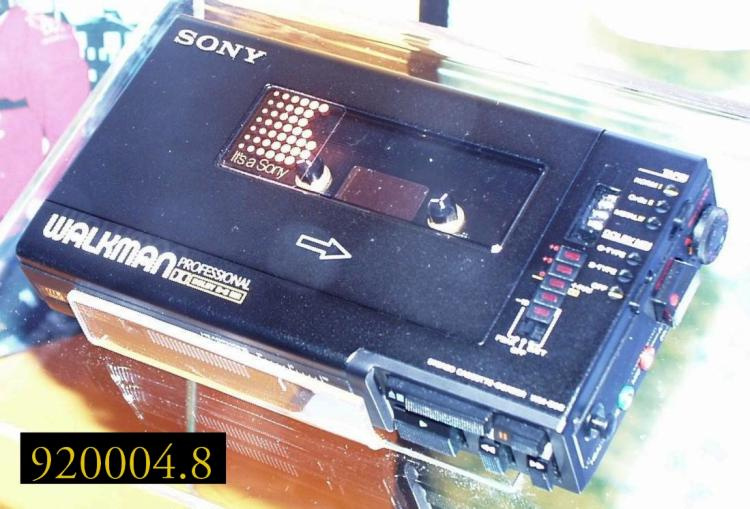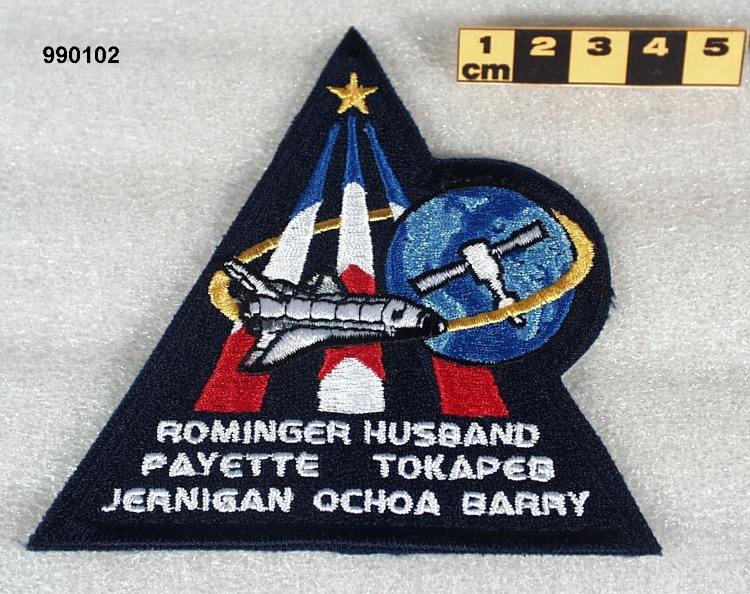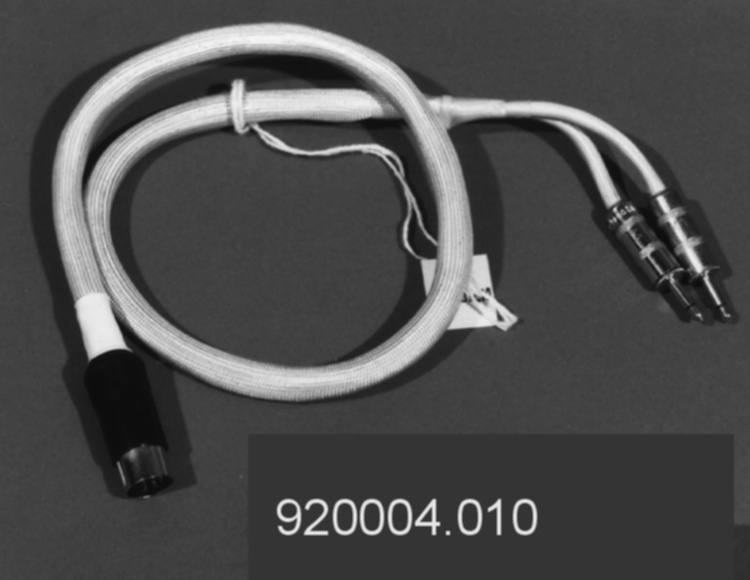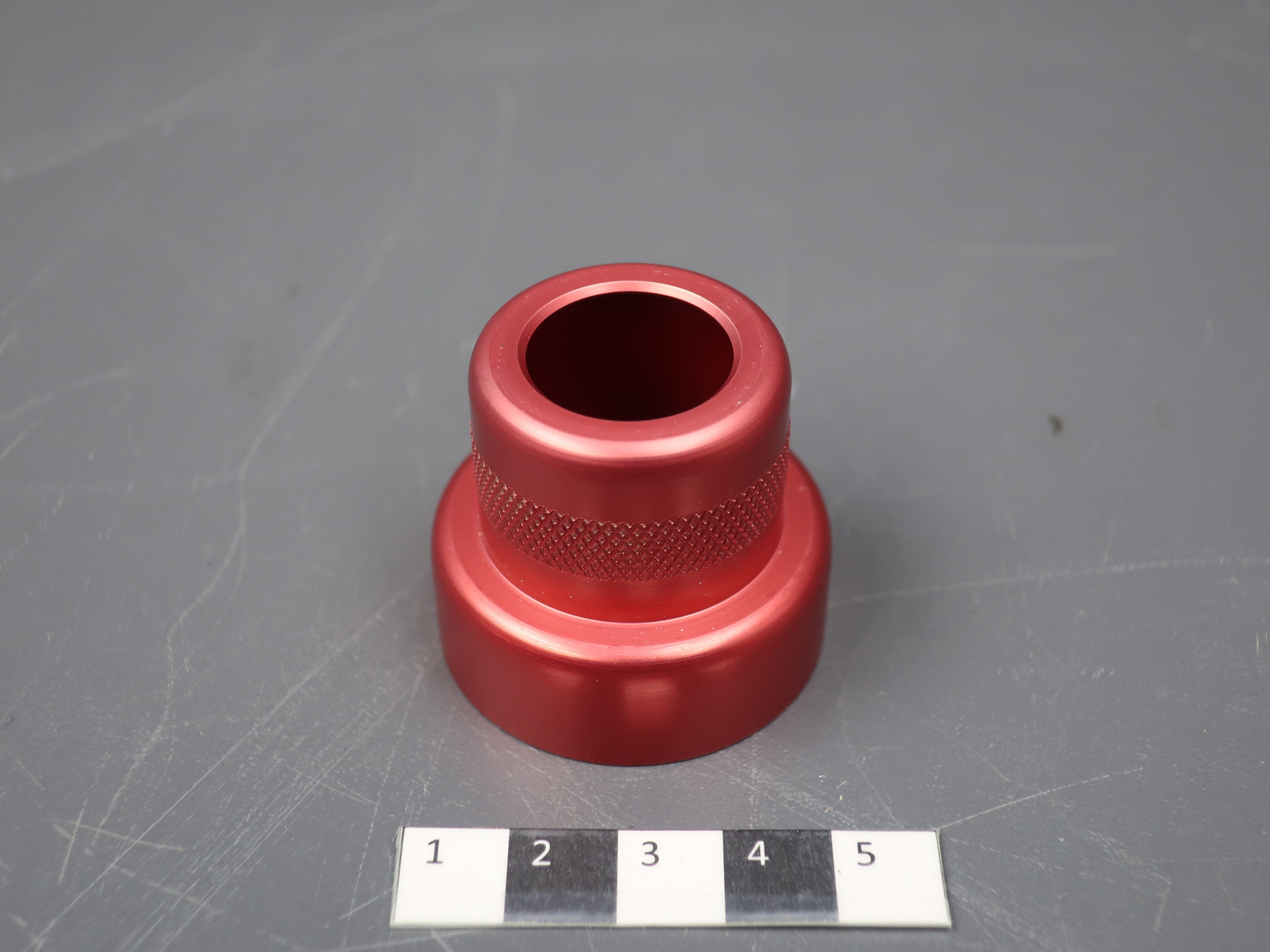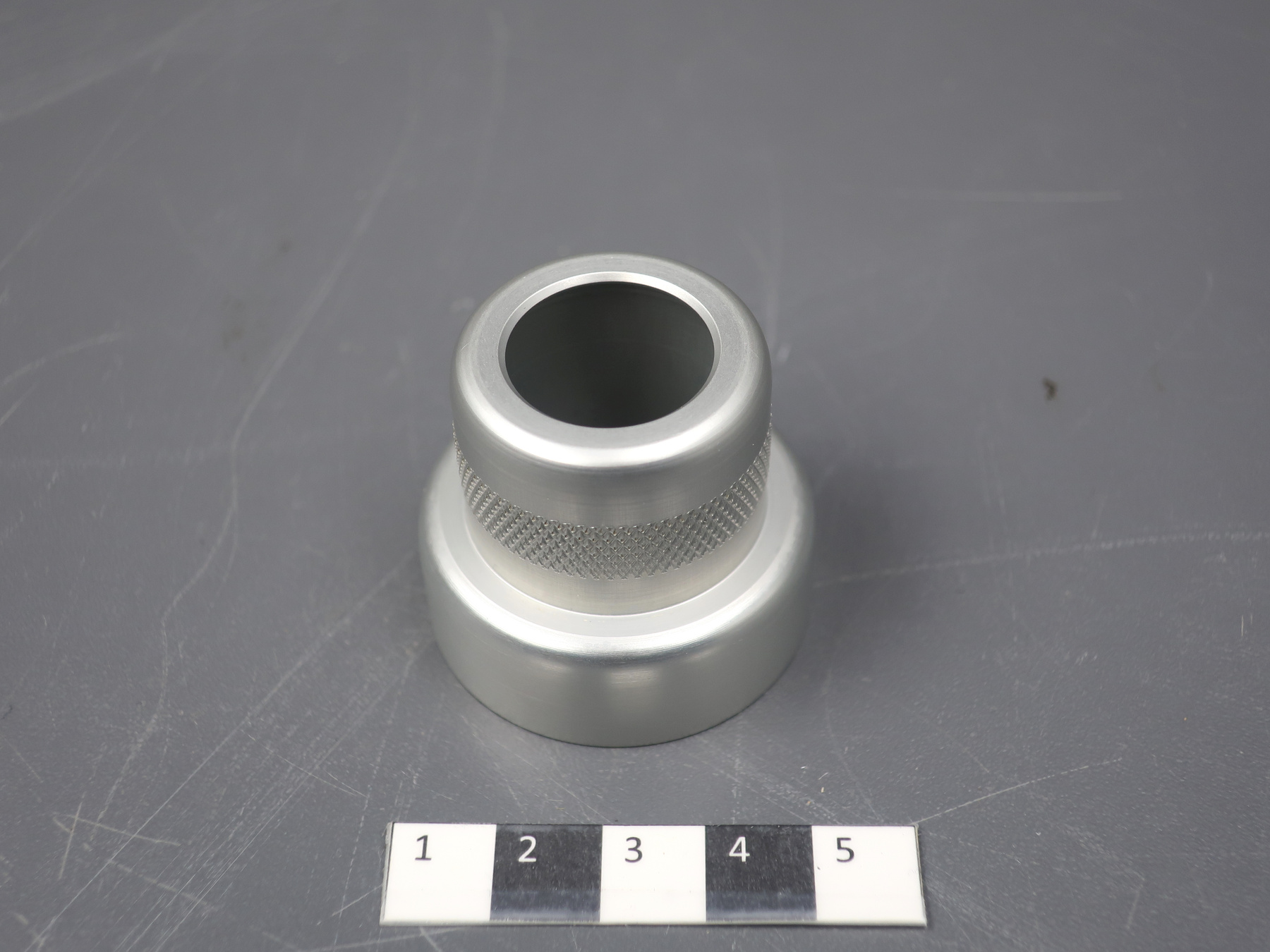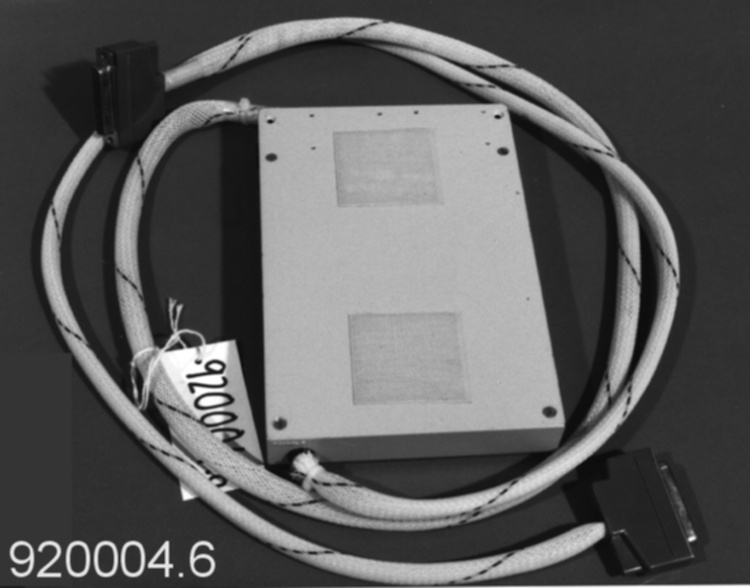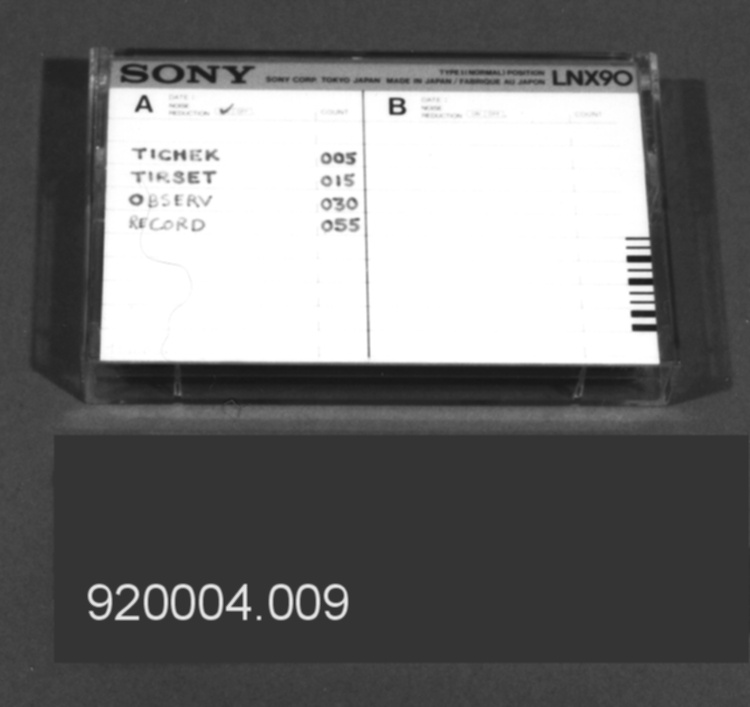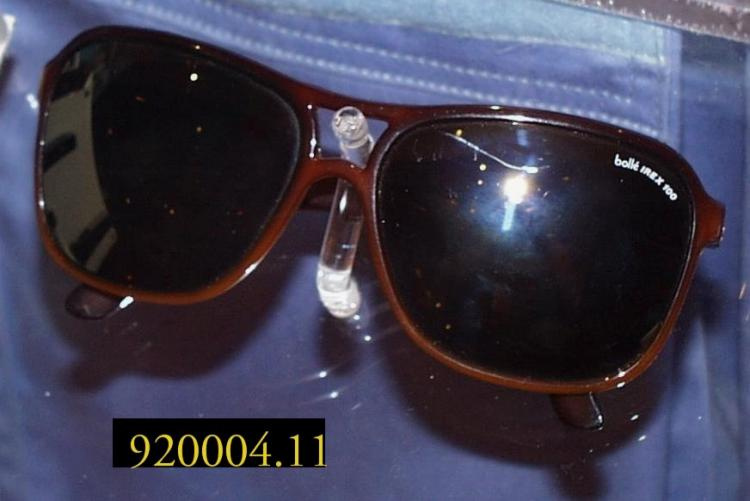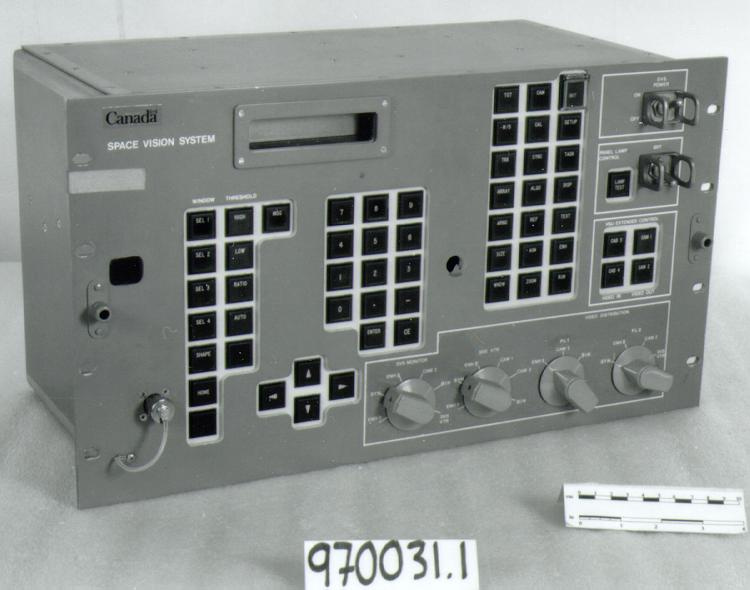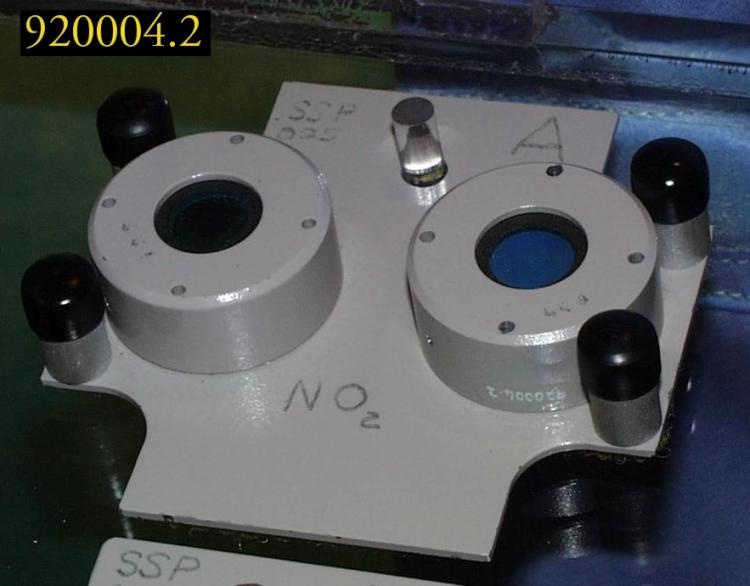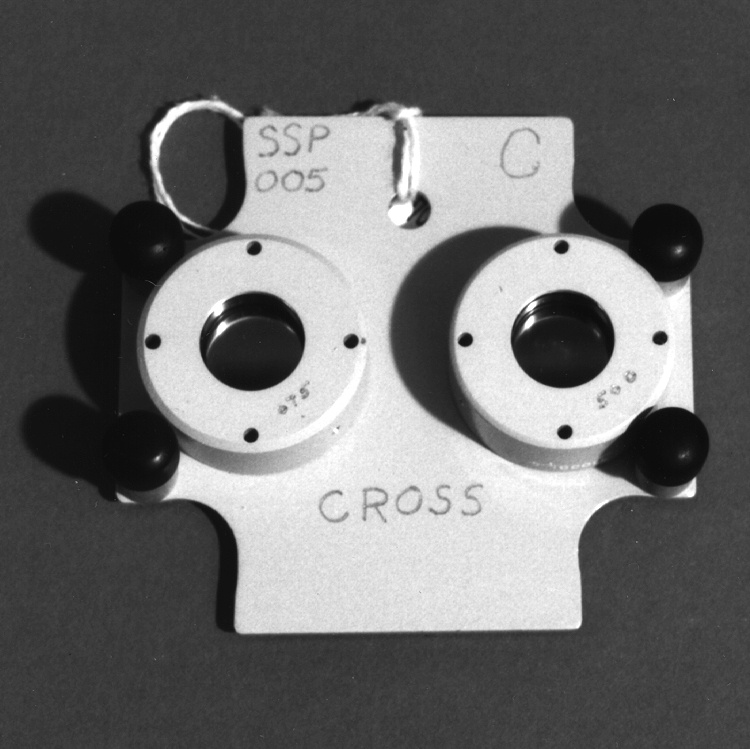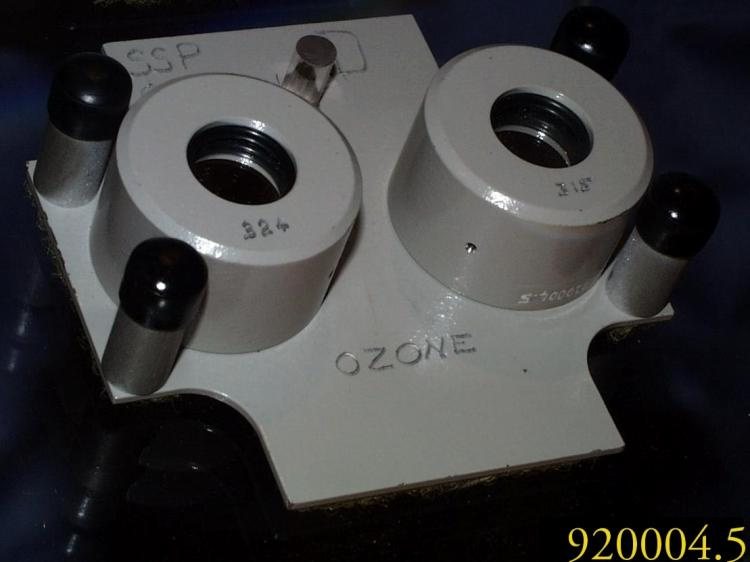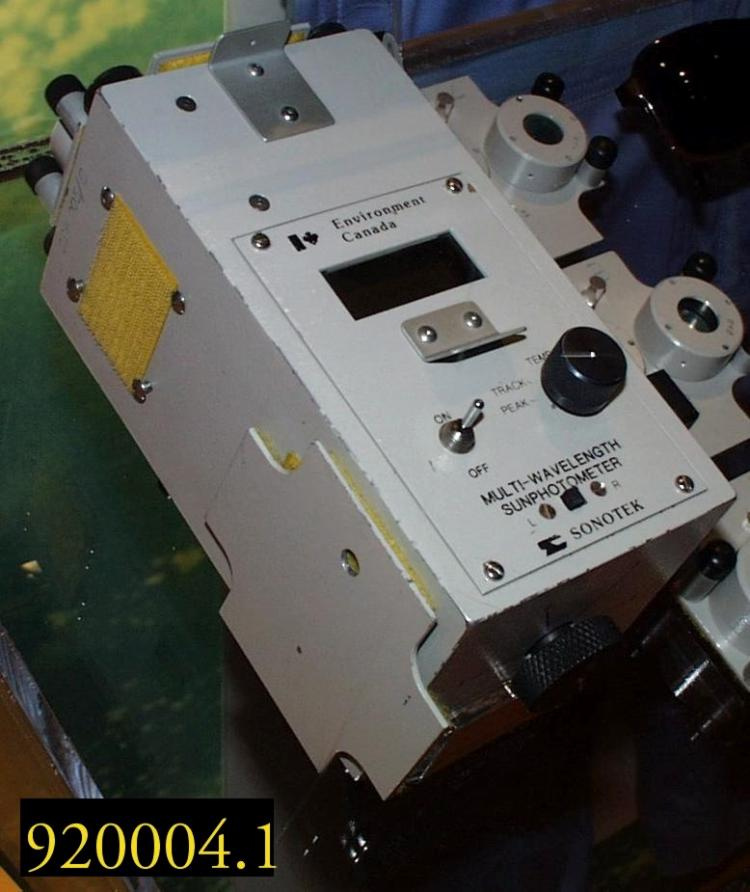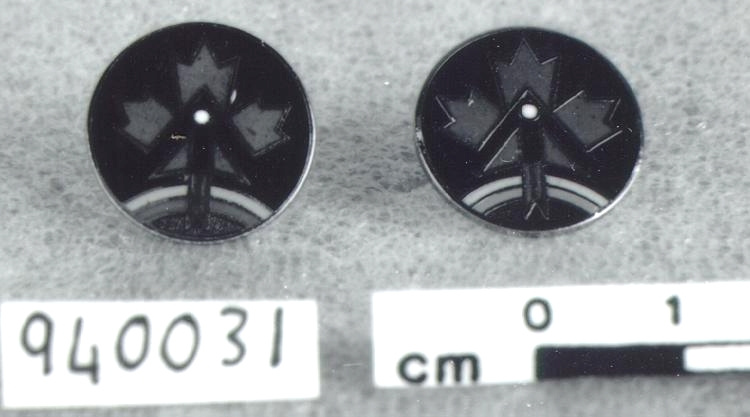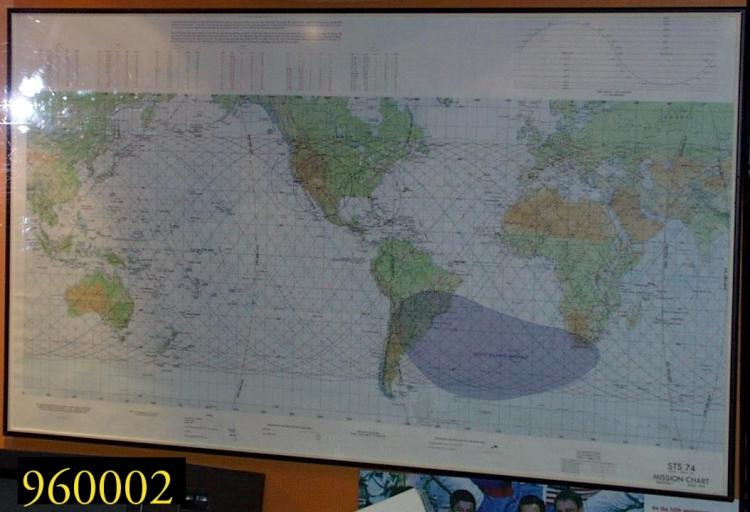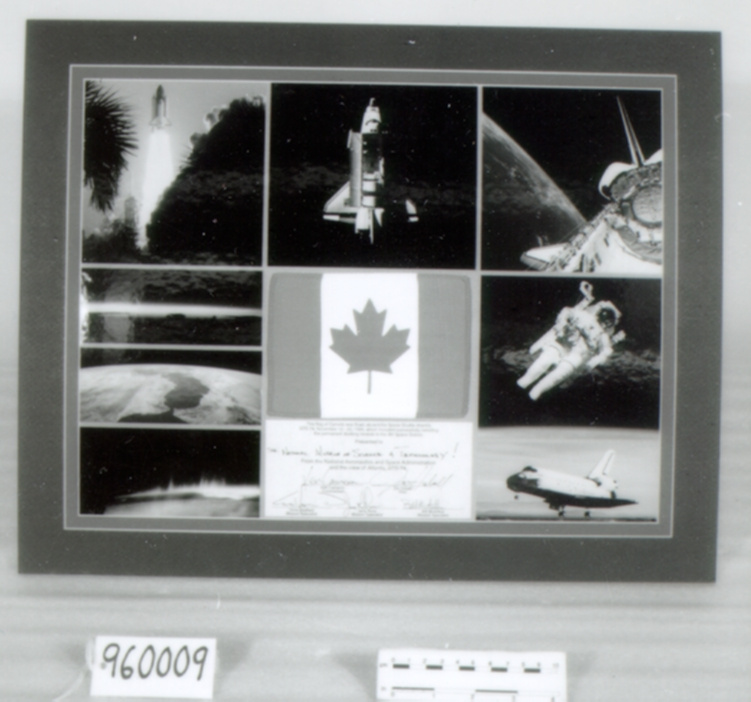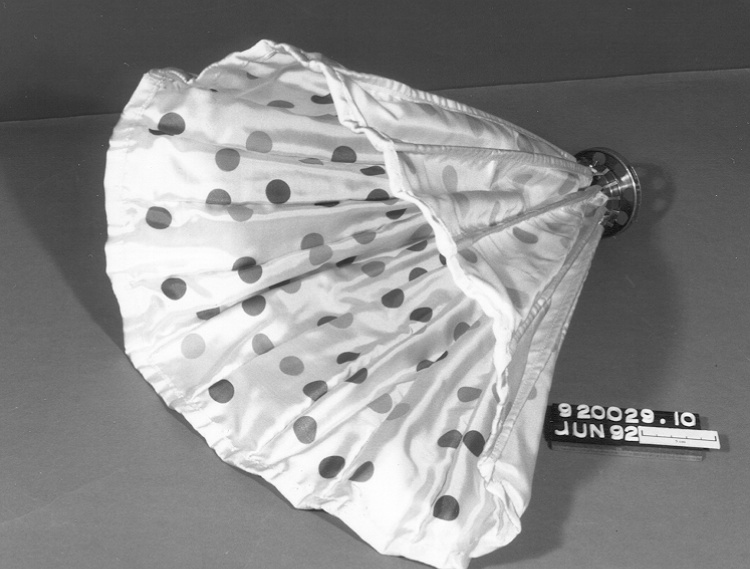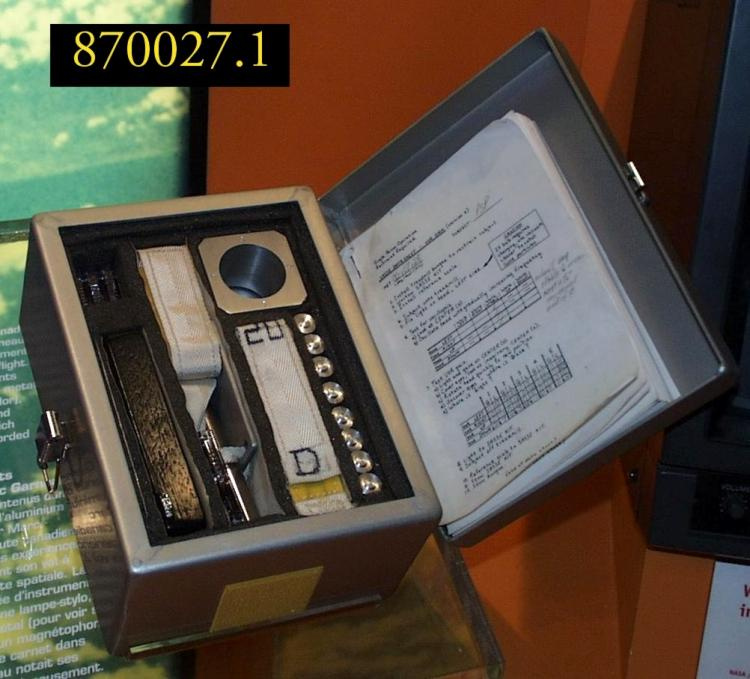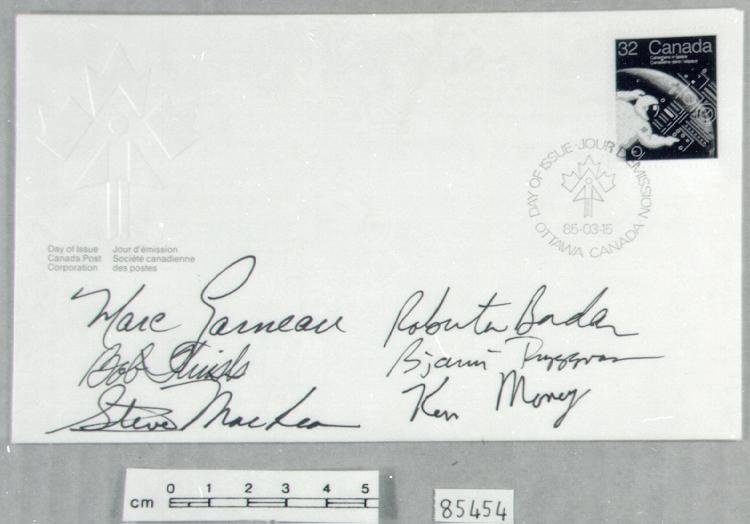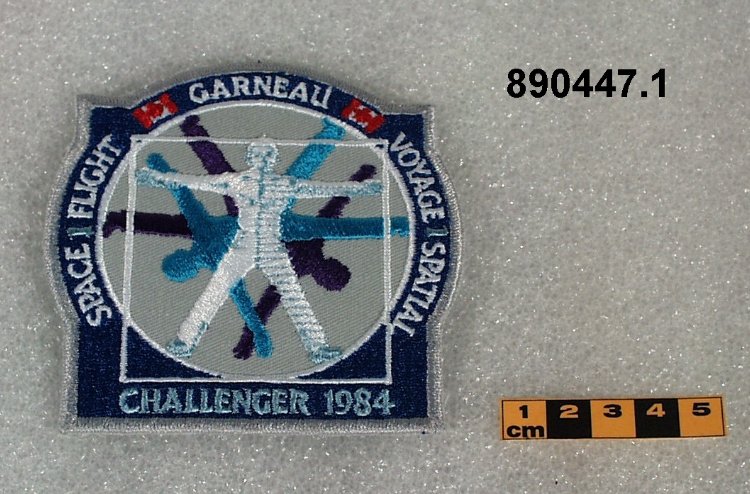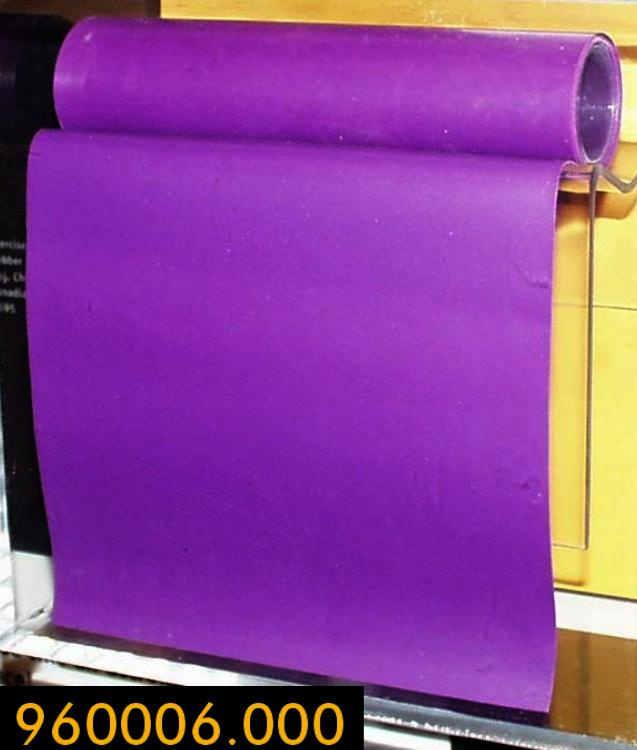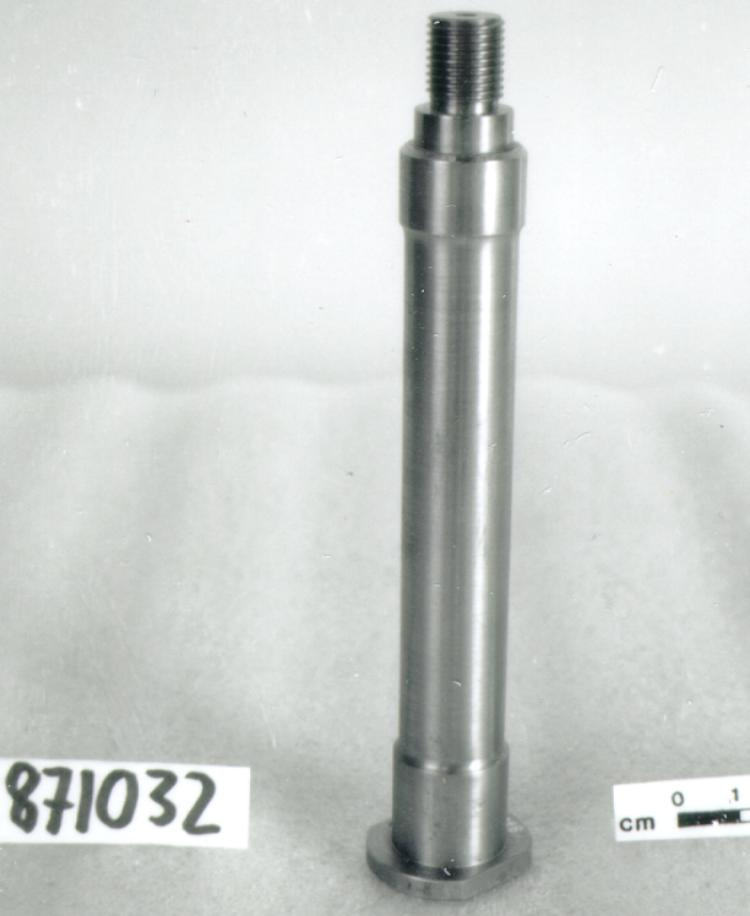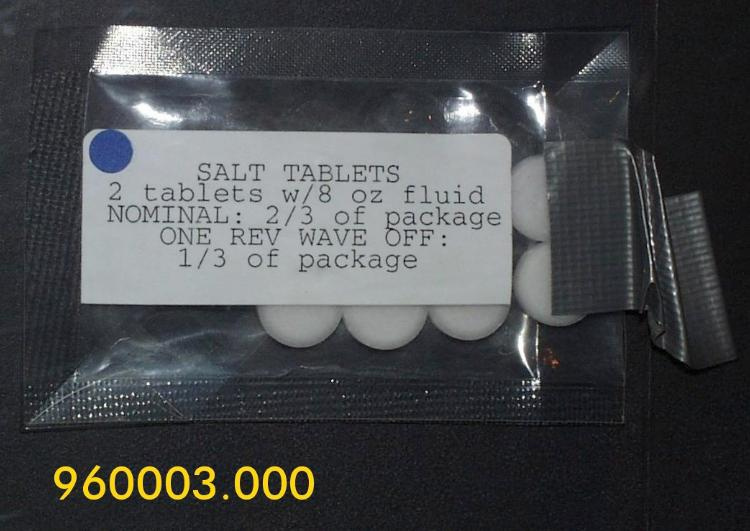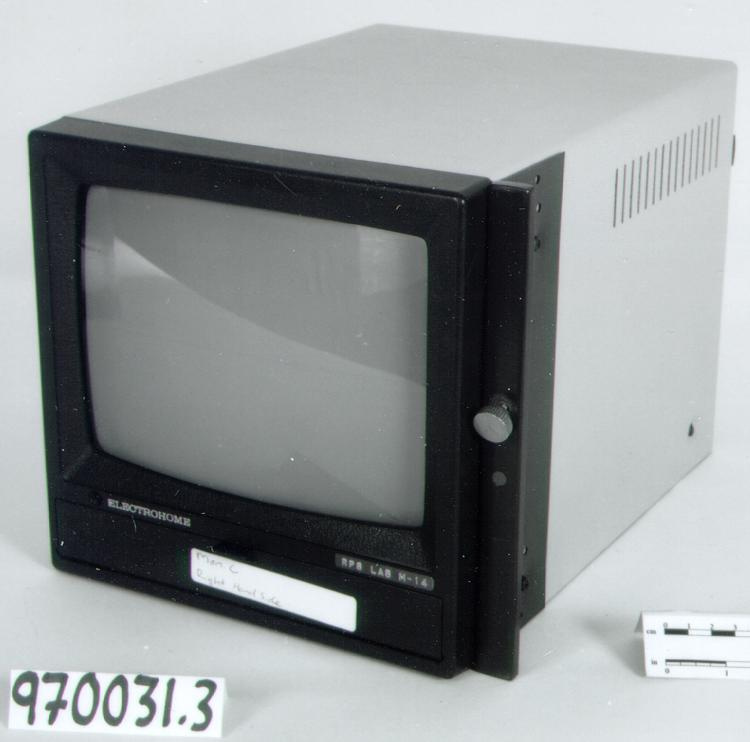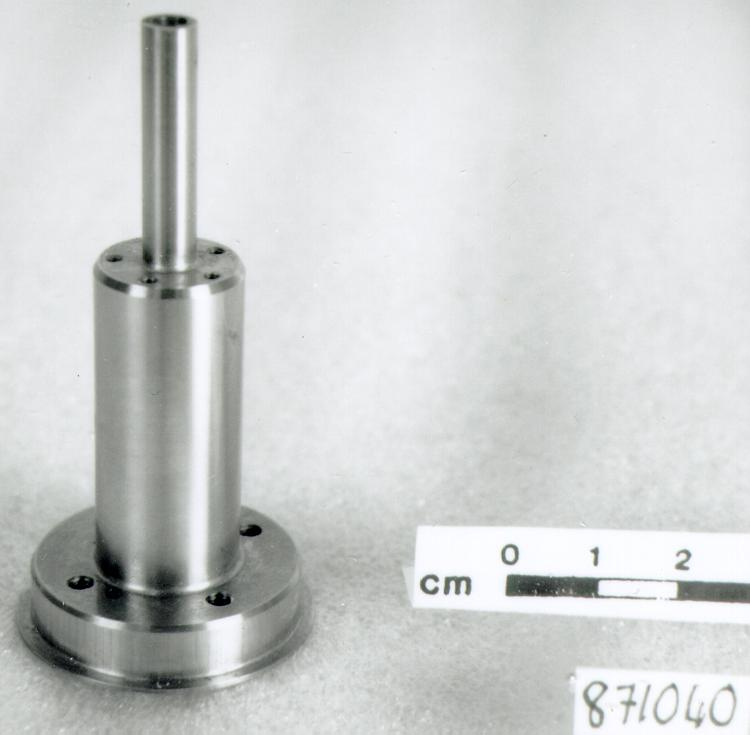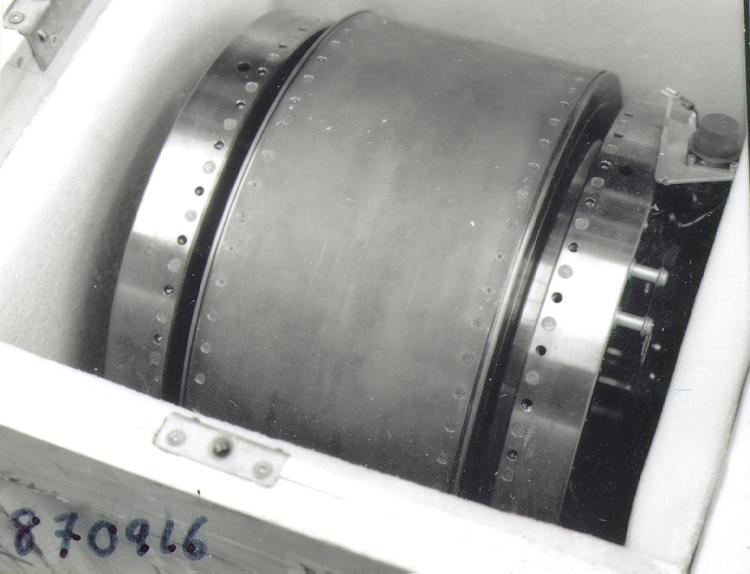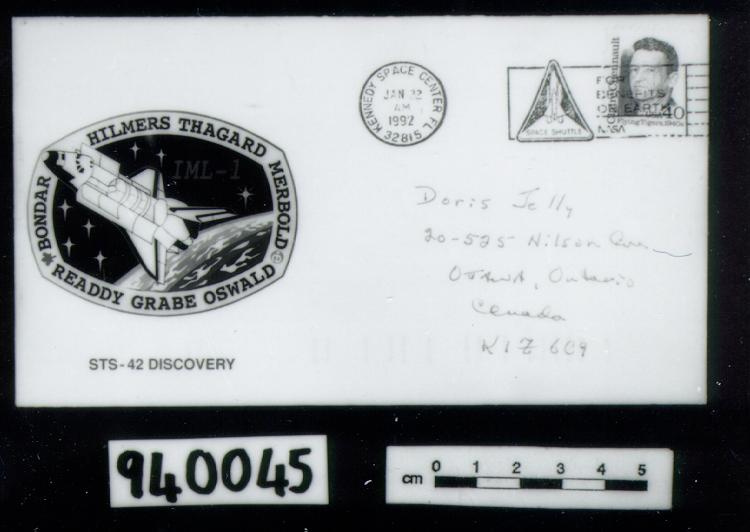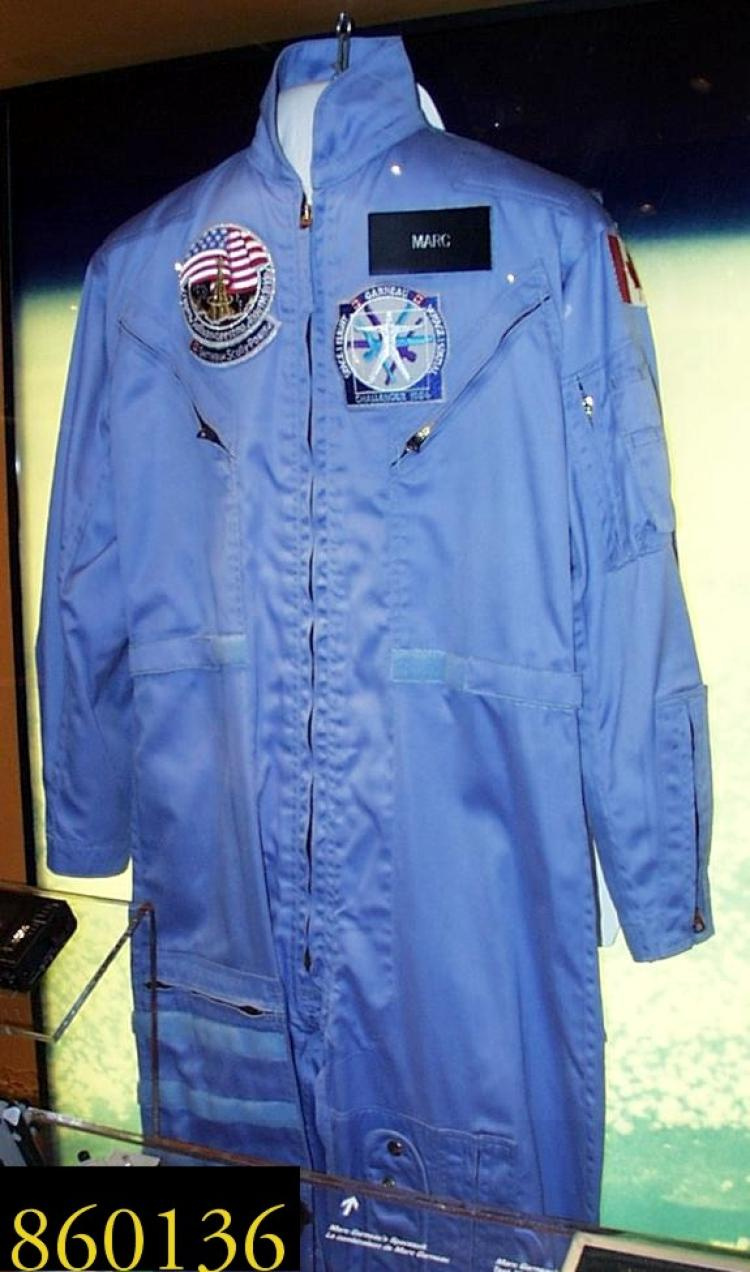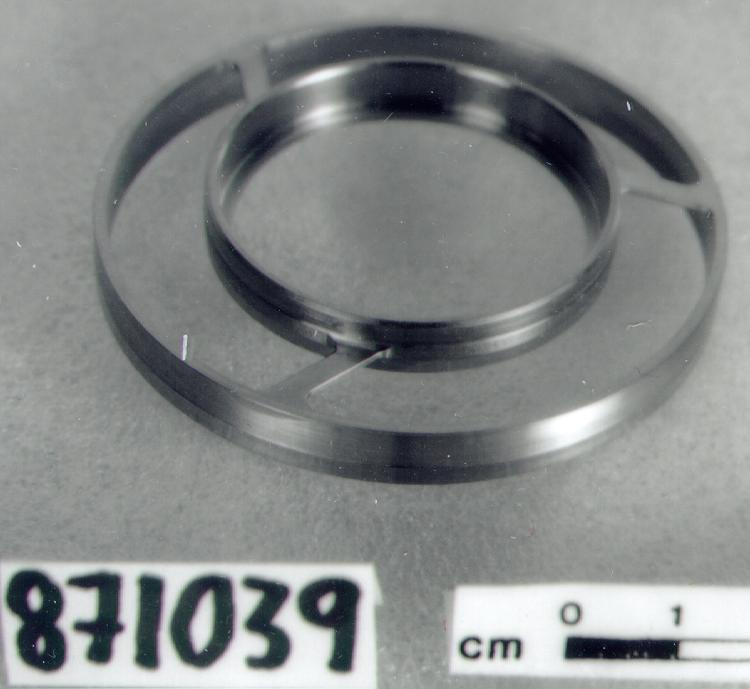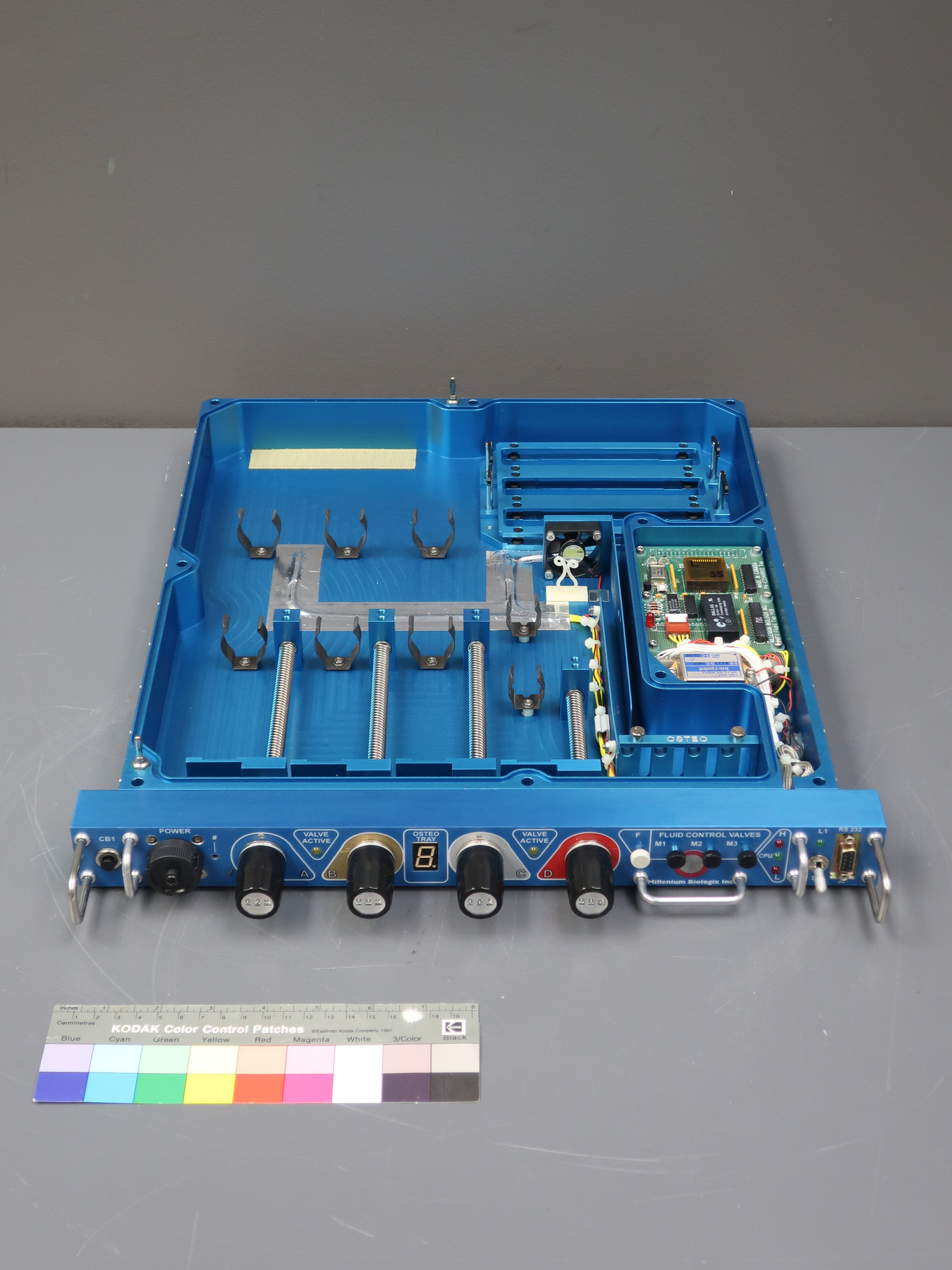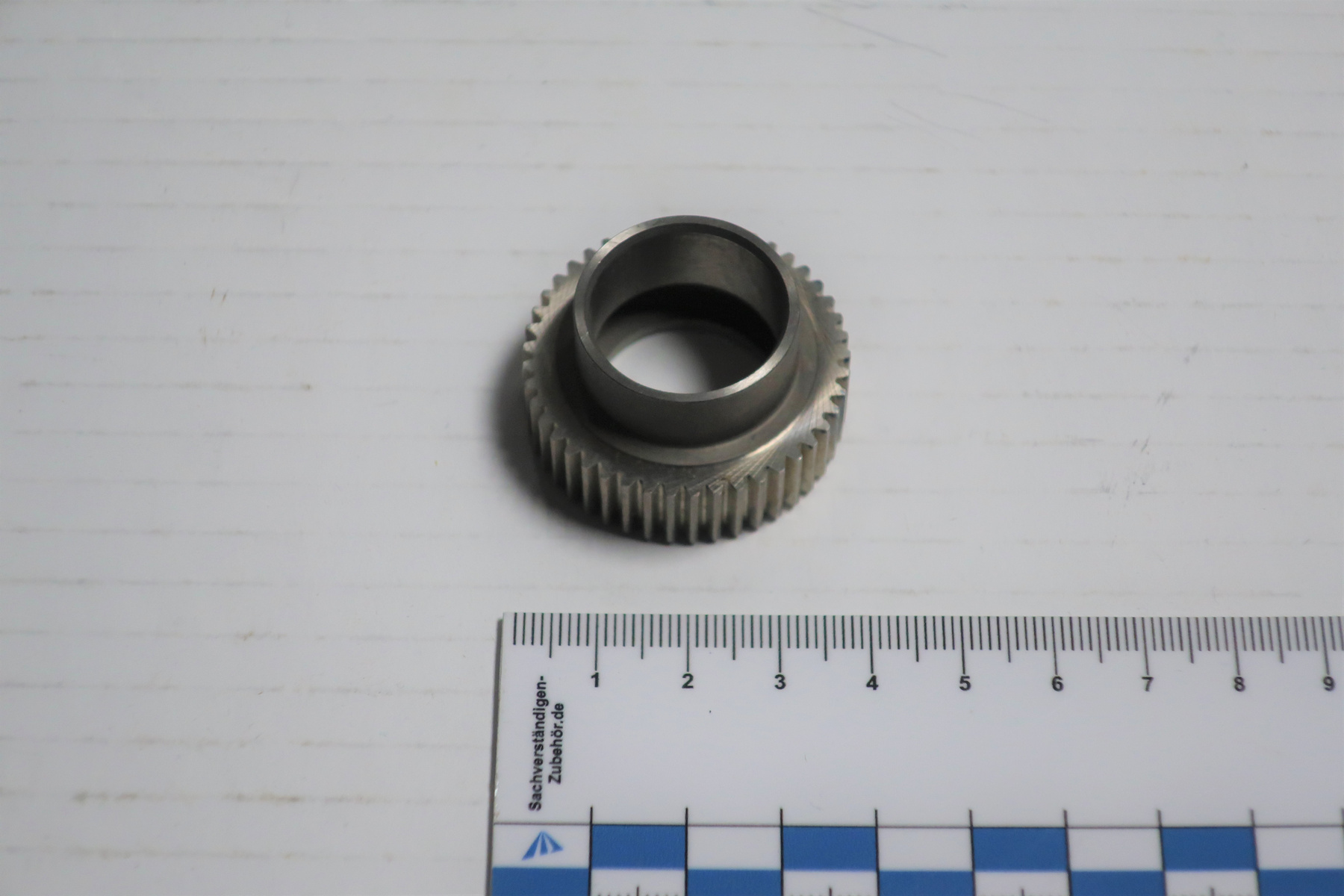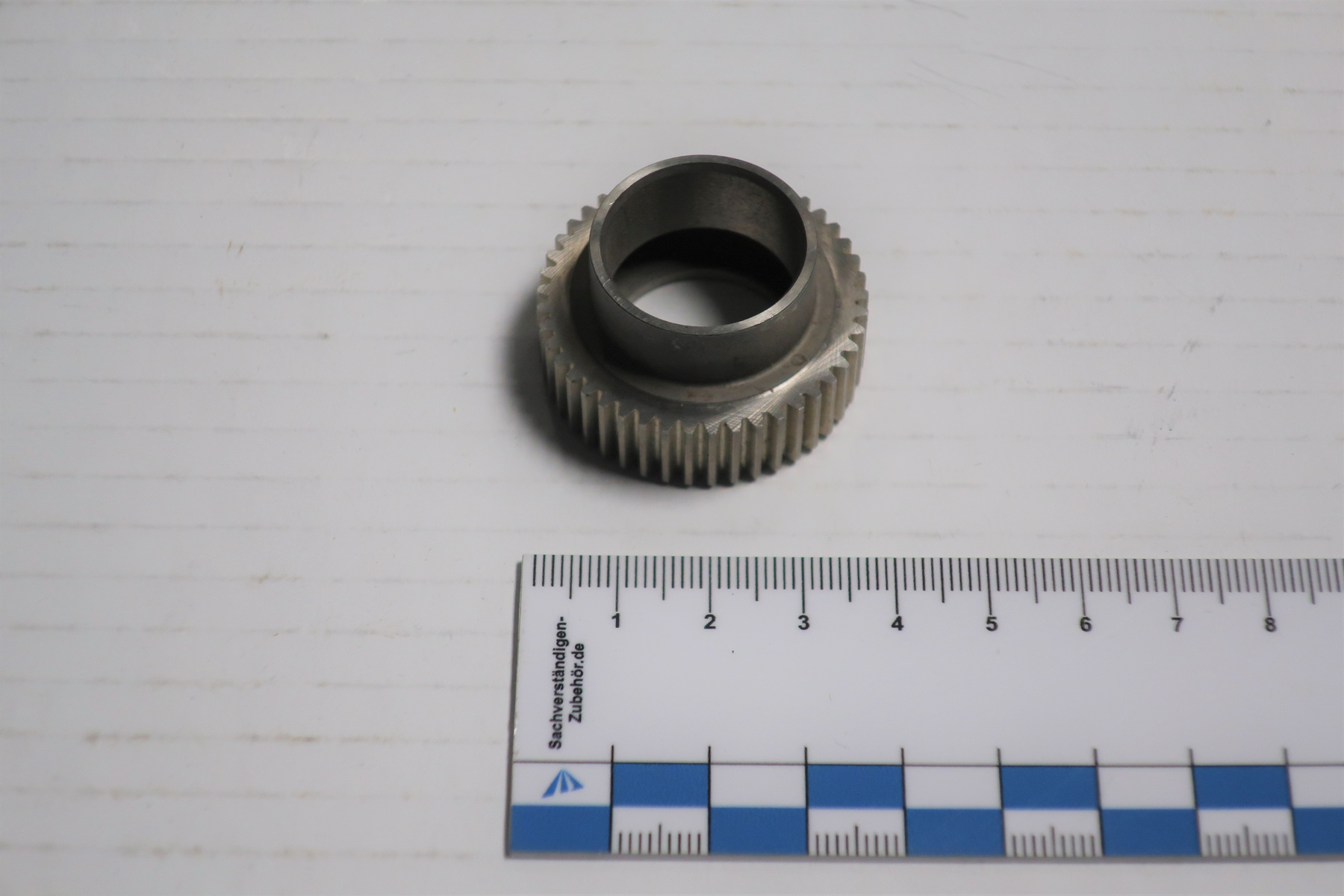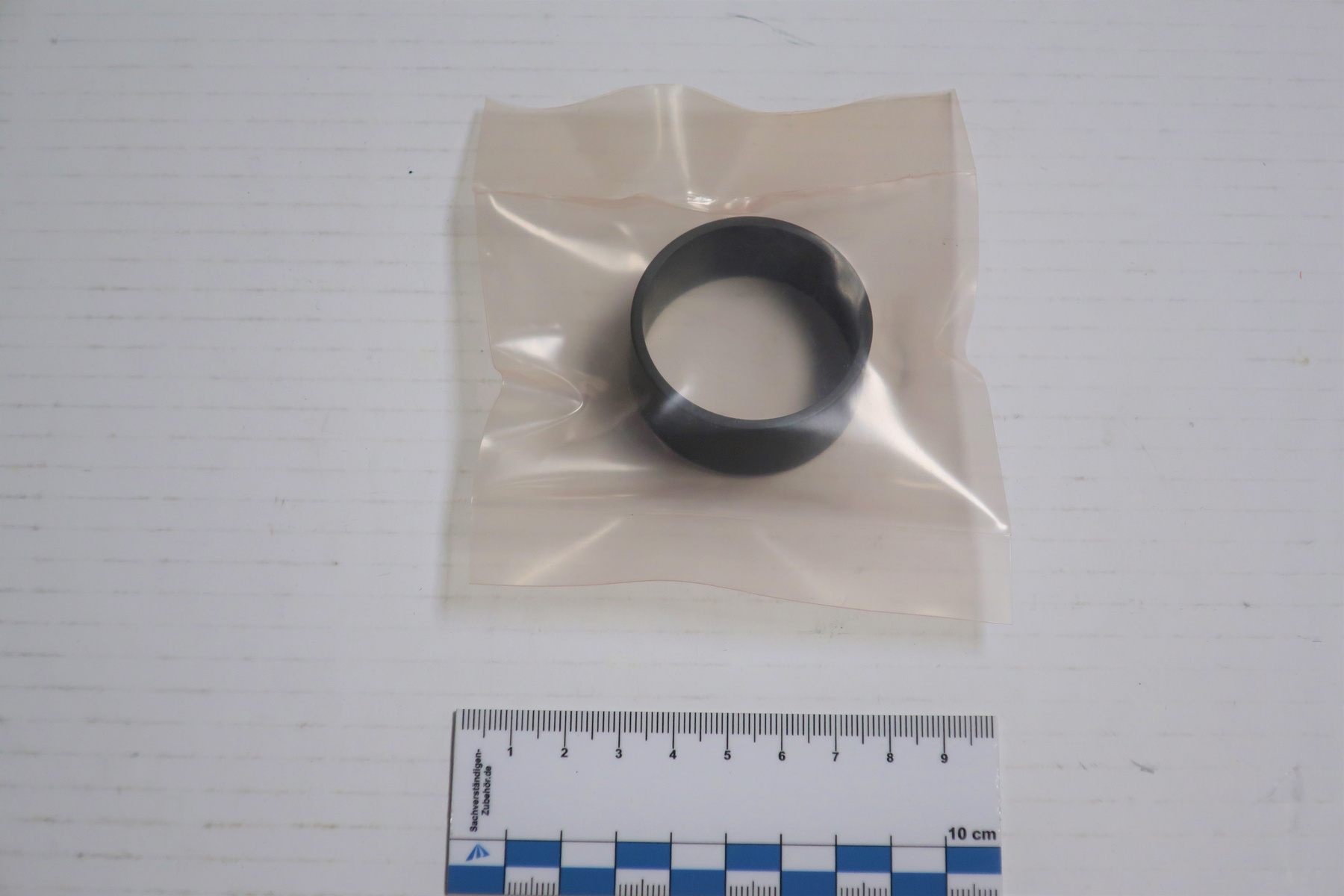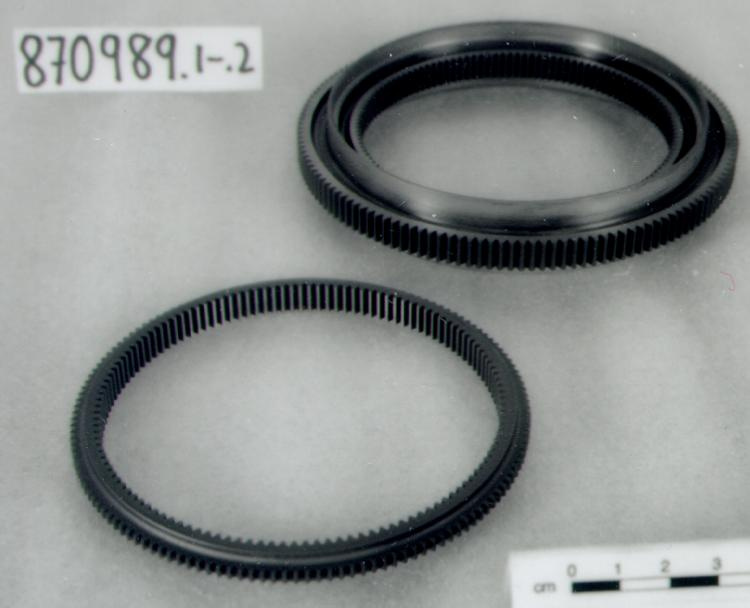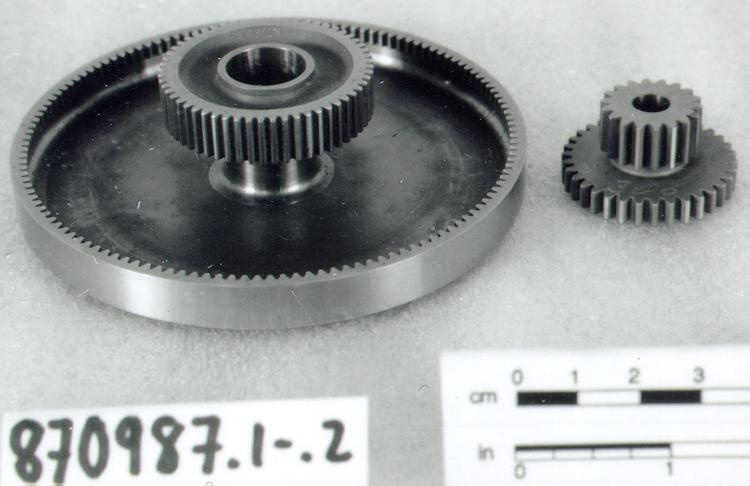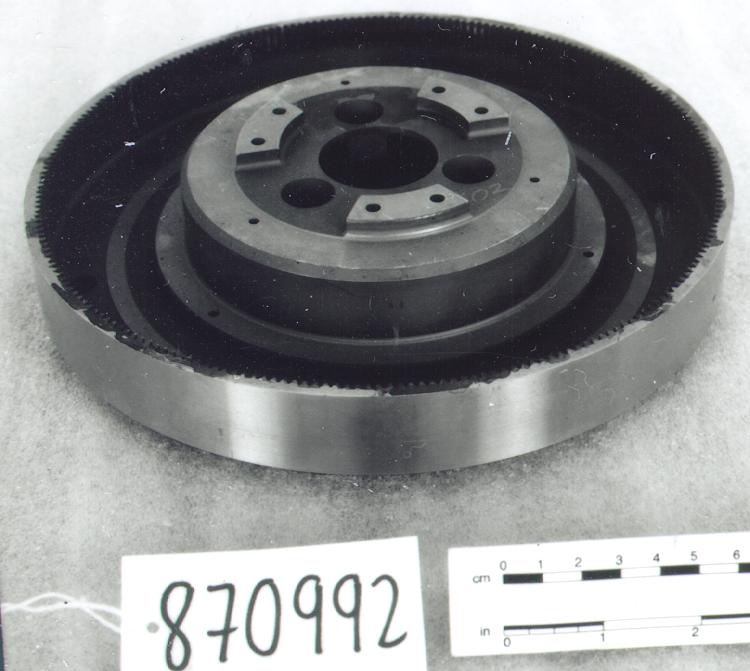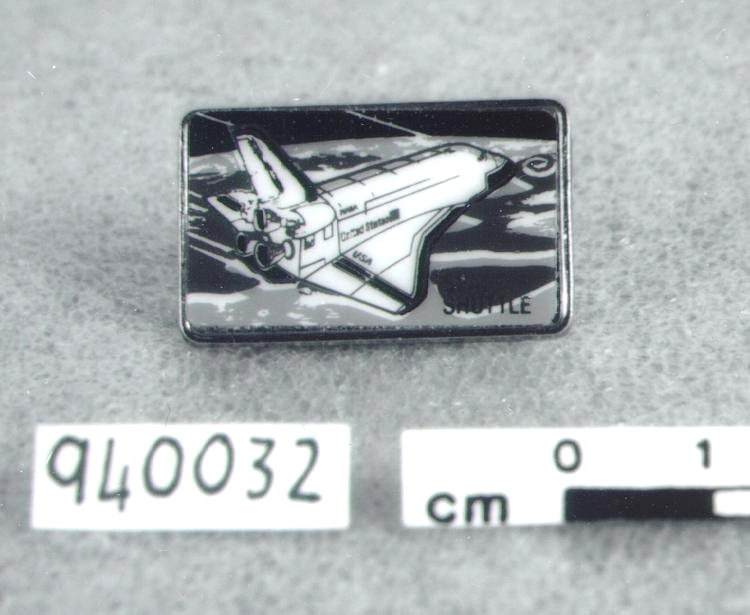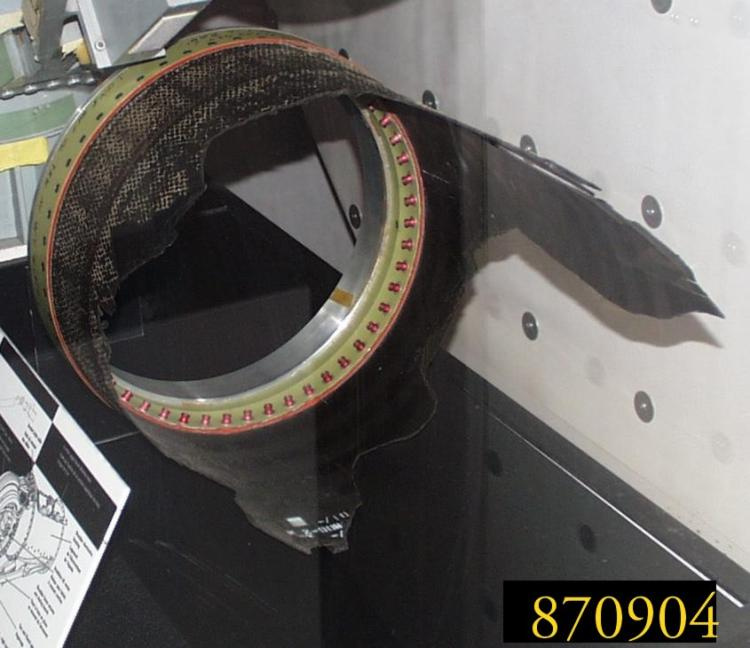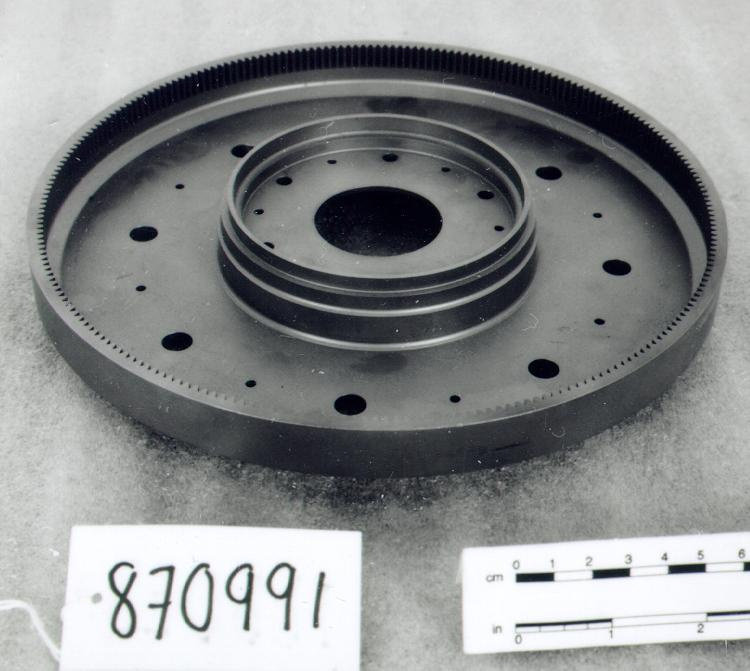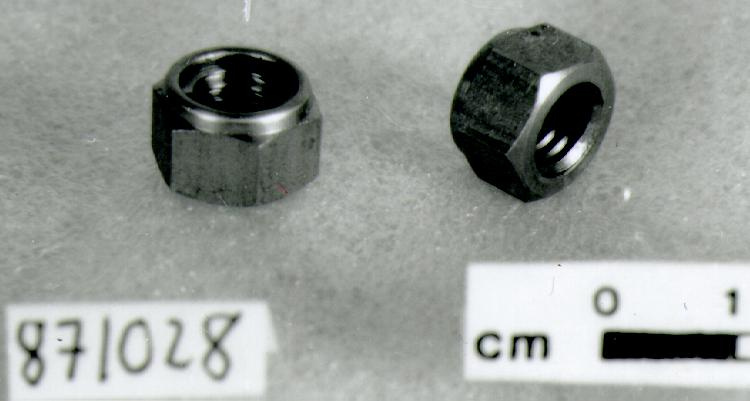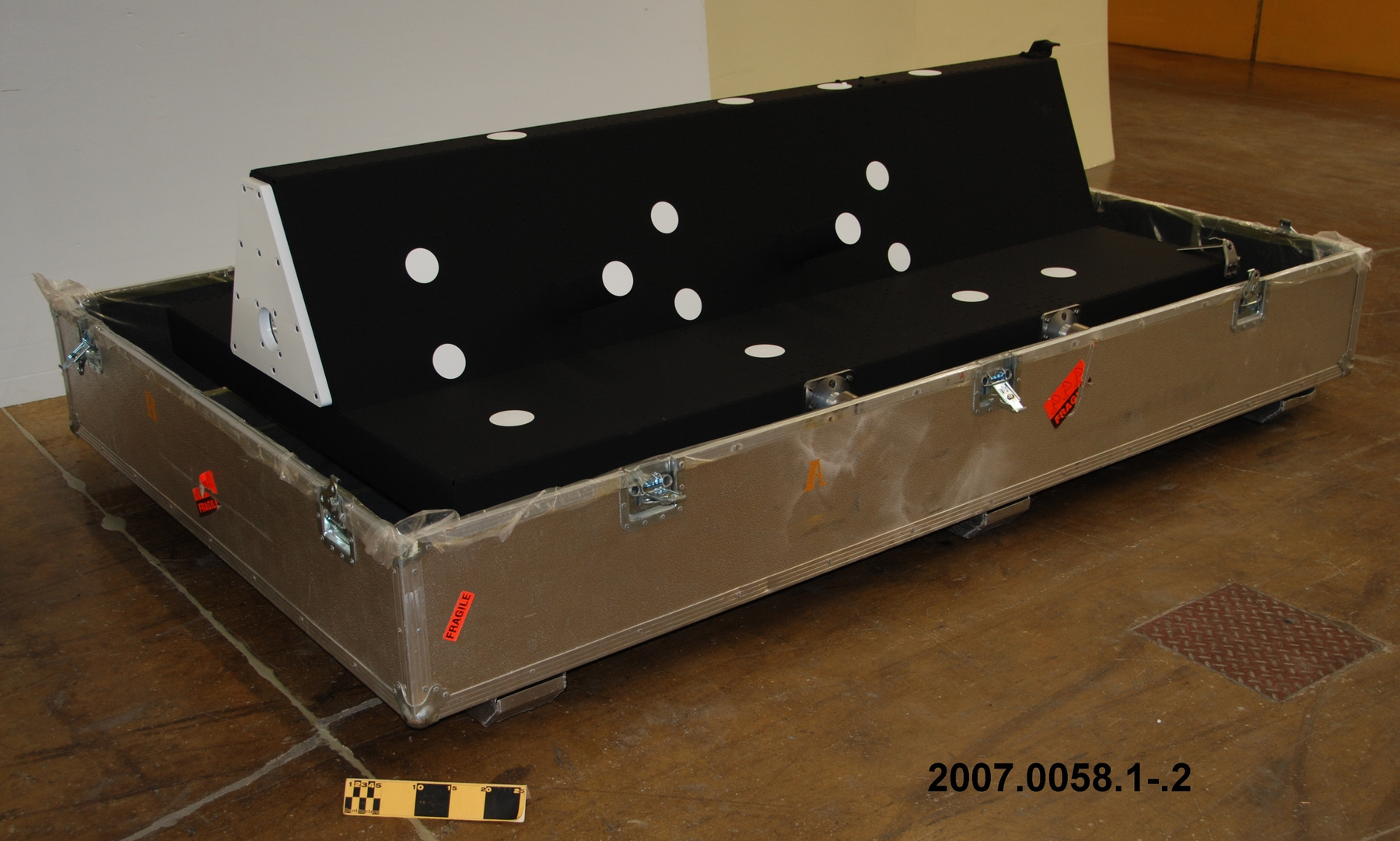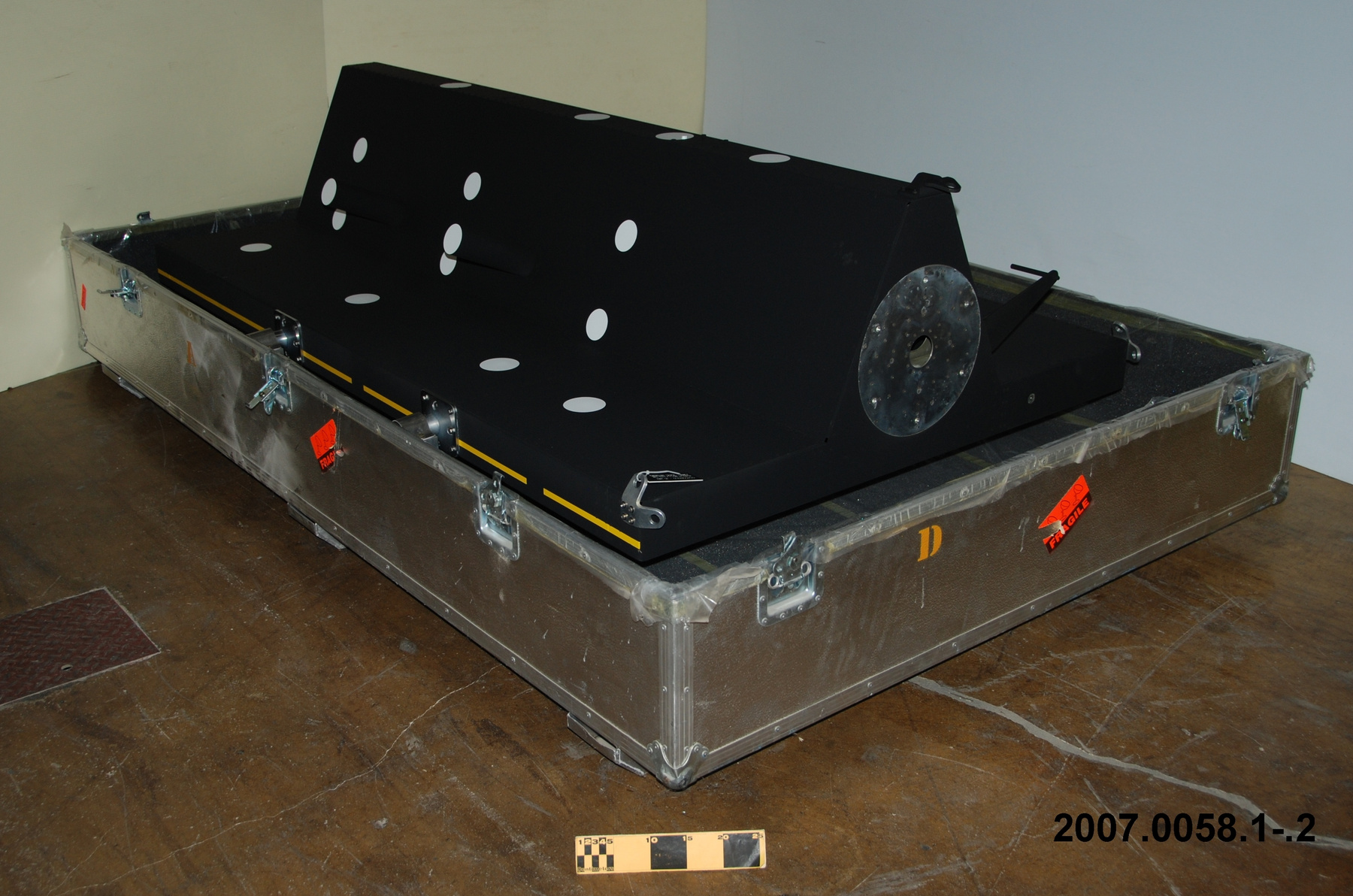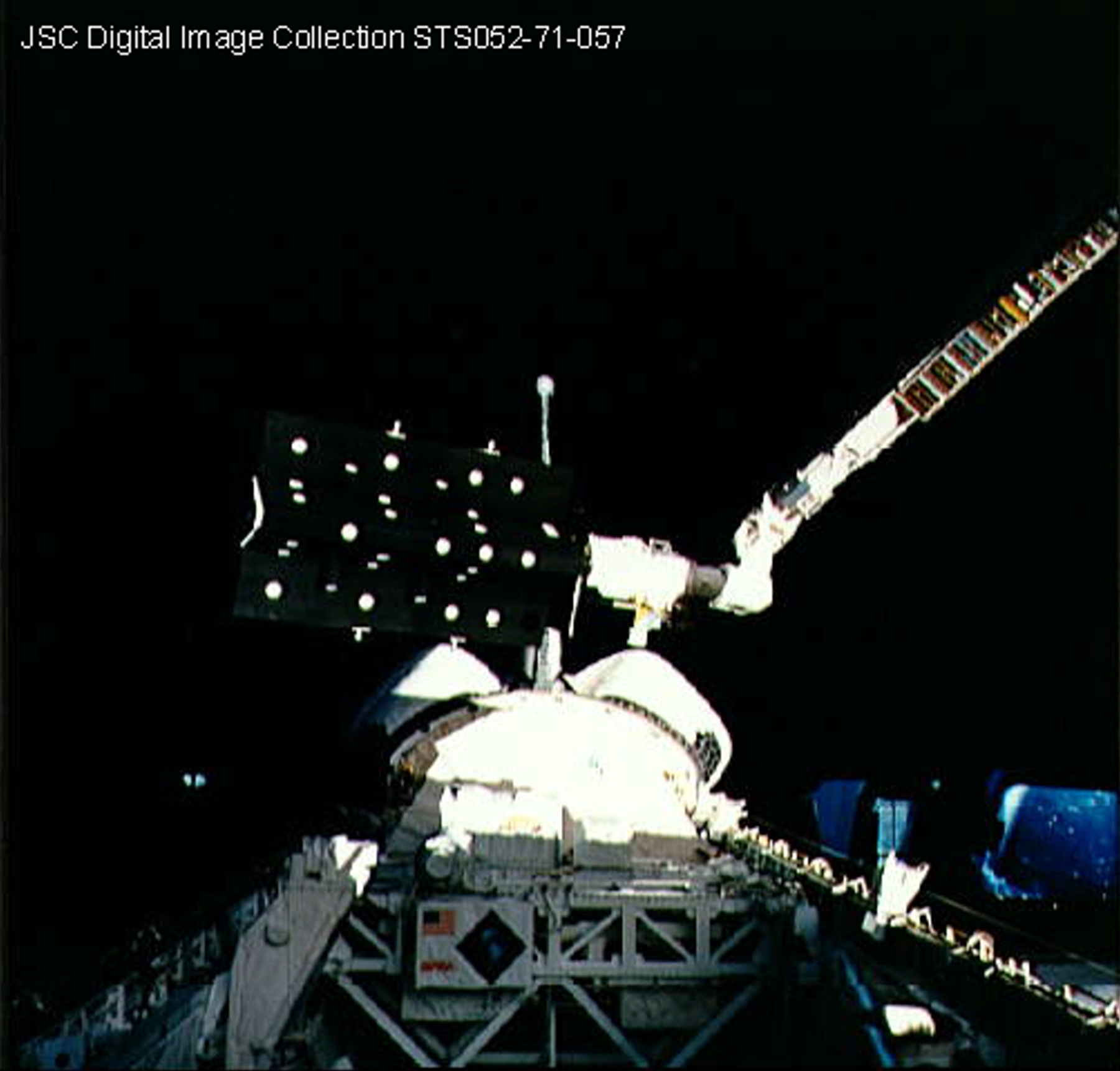Target assembly
Utiliser cette image
Puis-je réutiliser cette image sans autorisation? Oui
Les images sur le portail de la collection d’Ingenium ont la licence Creative Commons suivante :
Copyright Ingenium / CC BY-NC-ND (Attribution-NonCommercial 4.0 International (CC BY-NC 4.0)
ATTRIBUER CETTE IMAGE
Ingenium,
2007.0058.001
Permalien:
Ingenium diffuse cette image sous le cadre de licence Creative Commons et encourage son téléchargement et sa réutilisation à des fins non commerciales. Veuillez mentionner Ingenium et citer le numéro de l’artefact.
TÉLÉCHARGER L’IMAGEACHETER CETTE IMAGE
Cette image peut être utilisée gratuitement pour des fins non commerciales.
Pour un usage commercial, veuillez consulter nos frais de reproduction et communiquer avec nous pour acheter l’image.
- TYPE D’OBJET
- space vision system
- DATE
- 1992
- NUMÉRO DE L’ARTEFACT
- 2007.0058.001
- FABRICANT
- National Research Council Canada
- MODÈLE
- CANEX-2/STS-52
- EMPLACEMENT
- Ottawa, Ontario, Canada
Plus d’information
Renseignements généraux
- Nº de série
- CTA89001/001'
- Nº de partie
- 1
- Nombre total de parties
- 16
- Ou
- Satellite
- Brevets
- S/O
- Description générale
- metal/ synthetic parts
Dimensions
Remarque : Cette information reflète la taille générale pour l’entreposage et ne représente pas nécessairement les véritables dimensions de l’objet.
- Longueur
- 209,0 cm
- Largeur
- 138,0 cm
- Hauteur
- 51,5 cm
- Épaisseur
- S/O
- Poids
- S/O
- Diamètre
- S/O
- Volume
- S/O
Lexique
- Groupe
- Technologie de l'espace
- Catégorie
- Engin spatial habite
- Sous-catégorie
- S/O
Fabricant
- Ou
- NRC
- Pays
- Canada
- État/province
- Ontario
- Ville
- Ottawa
Contexte
- Pays
- Canada
- État/province
- Ontario
- Période
- 1992
- Canada
-
This artefact is the Canadian Target Assembly (CTA) which was part of the CANEX-2 space vision system experiments which flew on STS-52 in Oct/Nov 19921992 along with Canadian astronaut Steve MacLean. This was the second set of CANadian EXperiments to fly on the shuttle, the first being on STS-41G with Marc Garneau in 1984. CANEX-2 was developed by the National Research Council of Canada, Spar Aerospace Limited, and the Canadian Space Agency. Conceived 20 years ago in Canada's National Research Council laboratories, the Space Vision System (SVS) and Canjadian Target Assembly (CTA) were designed to enhance astronauts' vision in the difficult viewing conditions of space. It provides information on the exact location, orientation and motion of a specified target. The SVS was first put to the test during mission STS-52 in 1992 and its performance evaluated for future uses. During Chris Hadfield's 1995 STS-74 mission, the successor to the SVS, the Advanced Space Vision System (ASVS) was used with the Canadarm to connect the docking module to the Space Station MIR's Kristall module. The ASVS adds improved versatility, accuracy, reliability and performance (Ref. 1). - Fonction
-
A piece of test equipment used on a mission of the space shuttle Columbia as part of a space vision system experiment. Target dots were placed on the Canadian Target Assembly (CTA), a small satellite which was held by the Canadarm. The space vision system (SVS) used a camera to track the dots. Its computer monitored the position of the dots and used the information to determine the location and orientation of the object. - Technique
-
Experimental equipment designed to enhance astronauts' abilty to see, and thus work, in space. Space is a difficult visual environment with few reference points and frequent periods of extremely dark or bright lighting conditions. Astronauts working in space find it difficult to gauge the distance and speed of objects such as satellites. The development of the Space Vision System (SVS), a machine vision system for robotic devices such as the Canadarm, was undertaken to enhance human vision in the unfavourable viewing conditions of space. The SVS can provide information on the exact location, orientation and motion of a specified object. Dr. MacLean evaluated an experimental Space Vision System for use in the Space Shuttle and in the construction of Space Station Freedom. The Space Vision System uses a shuttle TV camera to monitor a pattern of target dots of known spacing arranged on an object to be tracked. As the object moves, the SVS computer measures the changing position of the dots, and provides a real time TV display of the location and orientation of the object. This displayed information helps an operator to guide the Canadarm or the Mobile Servicing System (MSS) when berthing or deploying satellites. For the CANEX-2 experiments, target dots were placed on the Canadian Assembly (CTA), a small satellite carried in the Space Shuttle's cargo bay. During the flight, a mission specialist used the Canadarm to deploy the CTA and take it through a series of manoeuvres using the information displayed by the SVS, while Dr. MacLean evaluated SVS performance and investigated details that needed to be considered to design a production model of the system. Beyond its application as a computerized eye for the Space Shuttle, the Space Vision System will be used to help construct and maintain the Space Station. Other applications include guiding small, remotely operated space vehicles for satellite retrieval and servicing. On Earth, advances in machine vision could leads to improvements in the manufacturing of products, in auto plants for example, and to applications involving work in environments such as mines or nuclear reactors (Ref. 1). - Notes sur la région
-
Inconnu
Détails
- Marques
- lettering on an attached plastic label reads 'CANADIAN SPACE AGENCY/ MFD. N.R.C. FLIGHT RESEARCH/ PART SN. - CTA89001/001'
- Manque
- appears complete
- Fini
- painted flat black body with white white painted target dots, parts
- Décoration
- S/O
FAIRE RÉFÉRENCE À CET OBJET
Si vous souhaitez publier de l’information sur cet objet de collection, veuillez indiquer ce qui suit :
National Research Council Canada, Target assembly, vers 1992, Numéro de l'artefact 2007.0058, Ingenium - Musées des sciences et de l'innovation du Canada, http://collections.ingeniumcanada.org/fr/item/2007.0058.001/
RÉTROACTION
Envoyer une question ou un commentaire sur cet artefact.
Plus comme ceci


